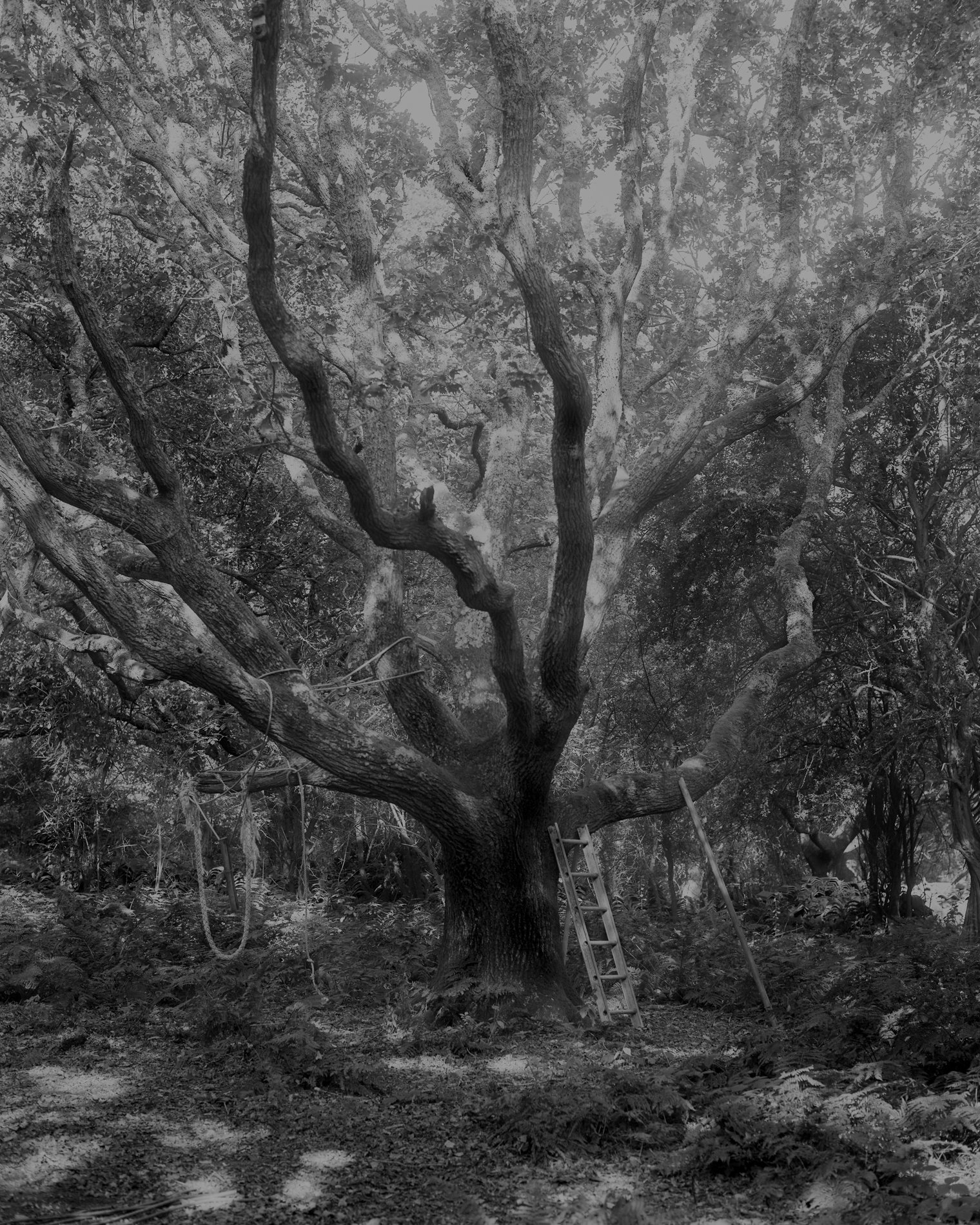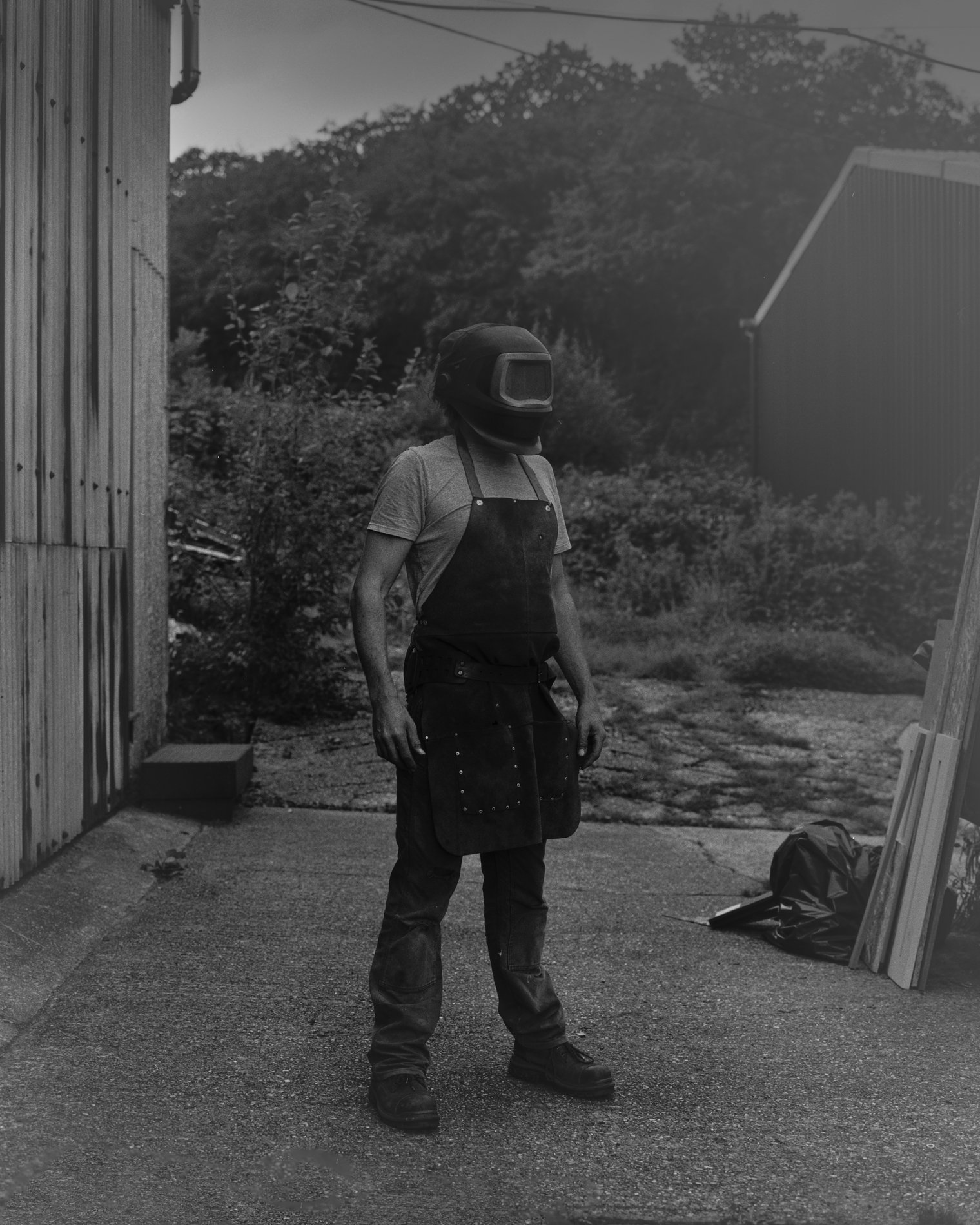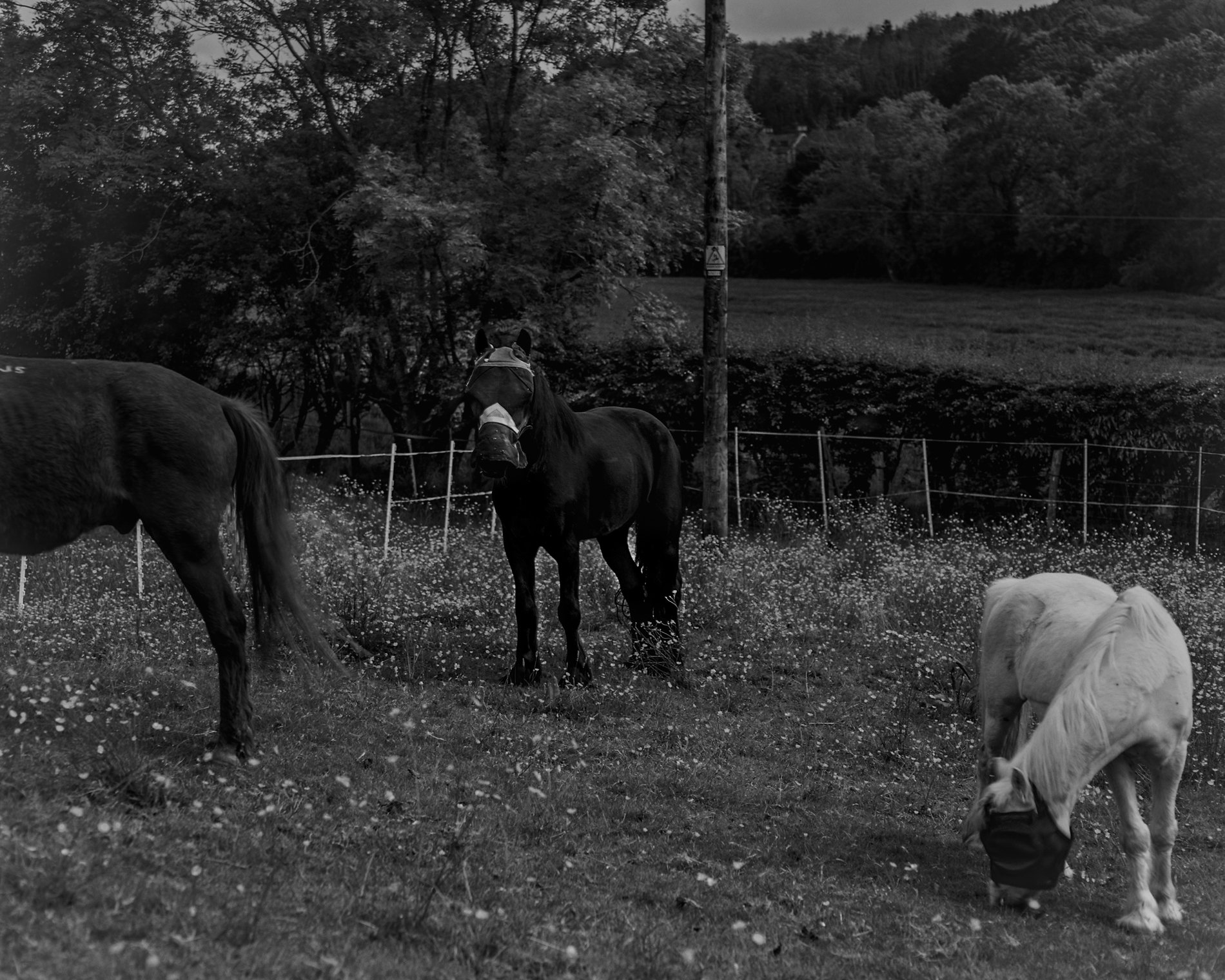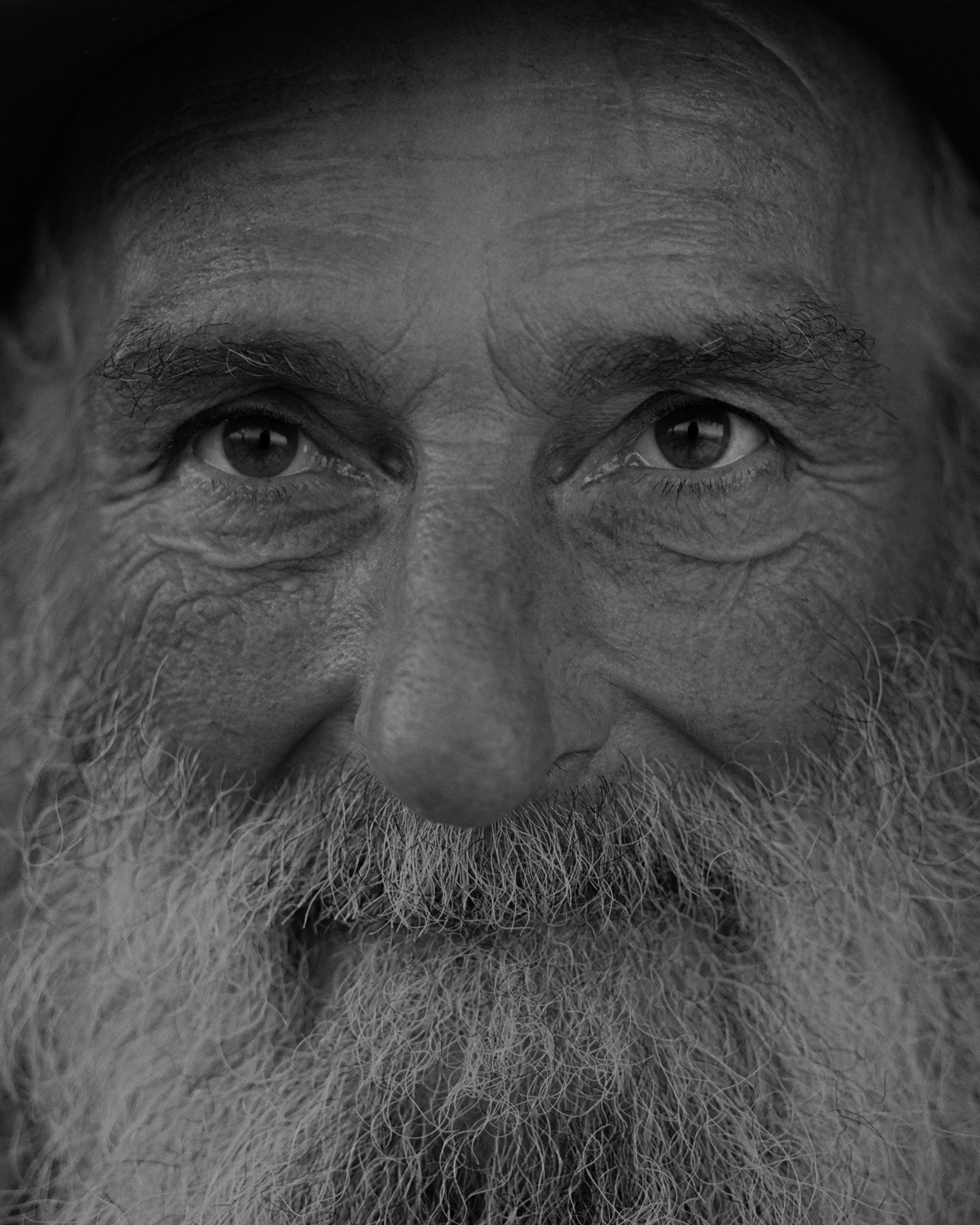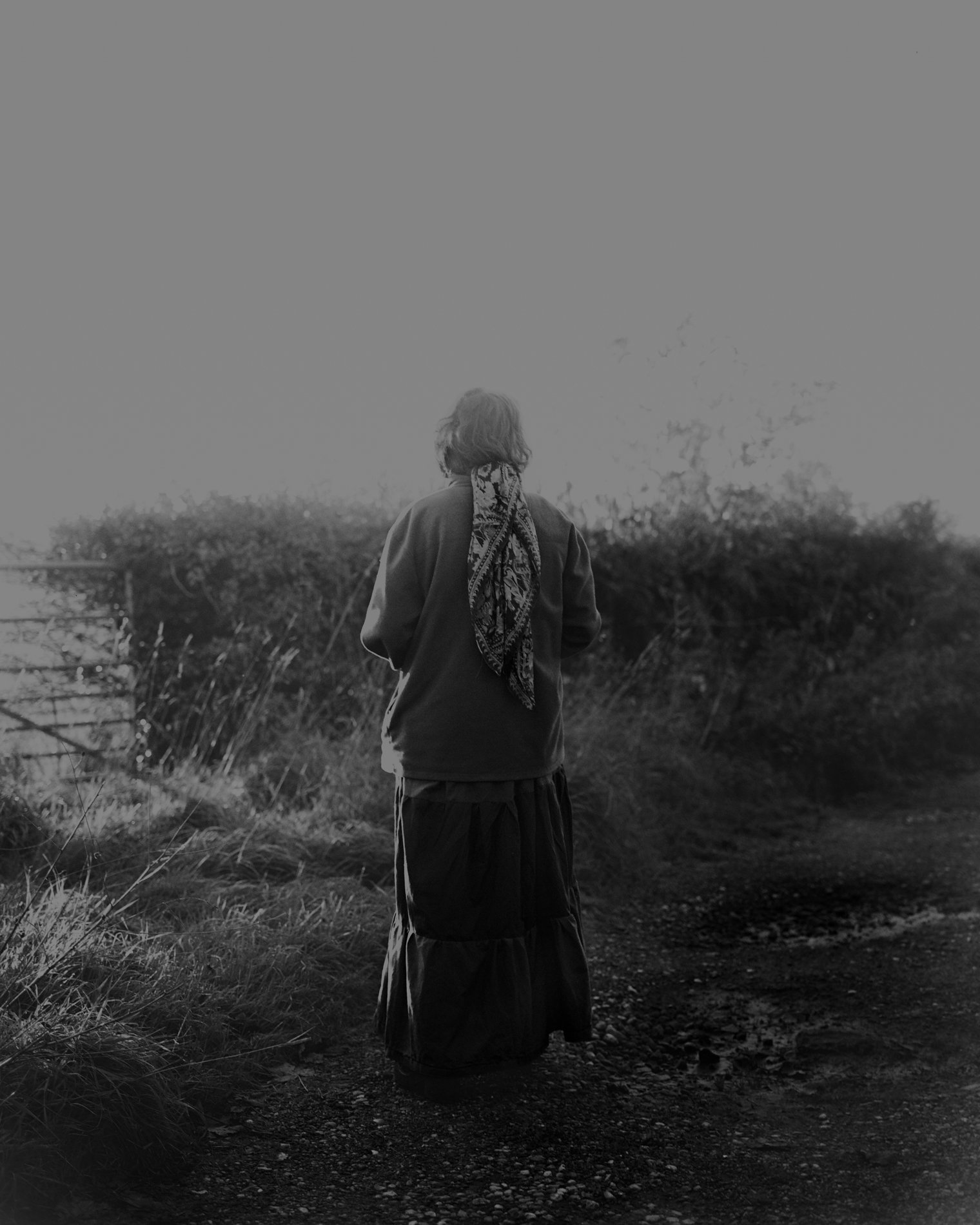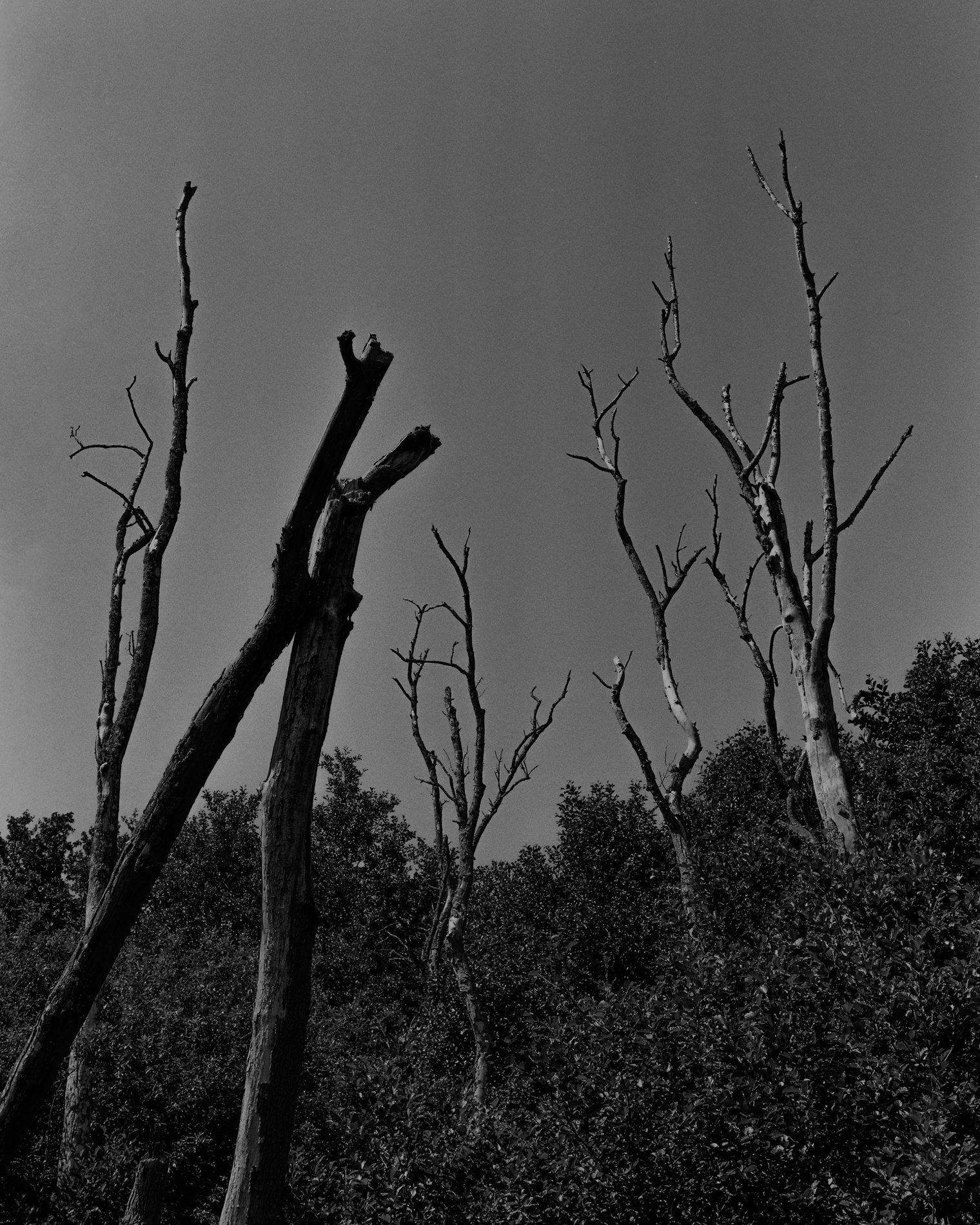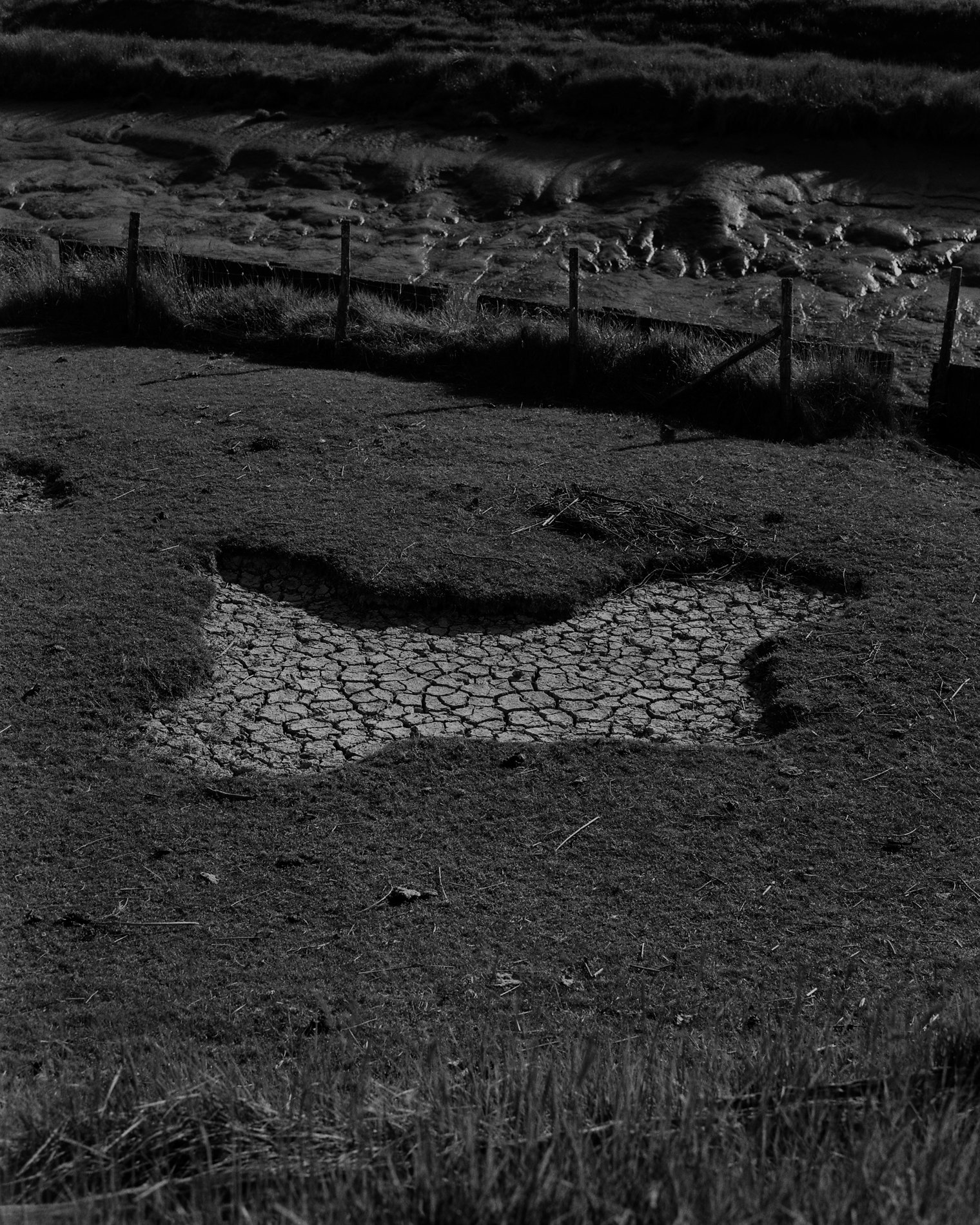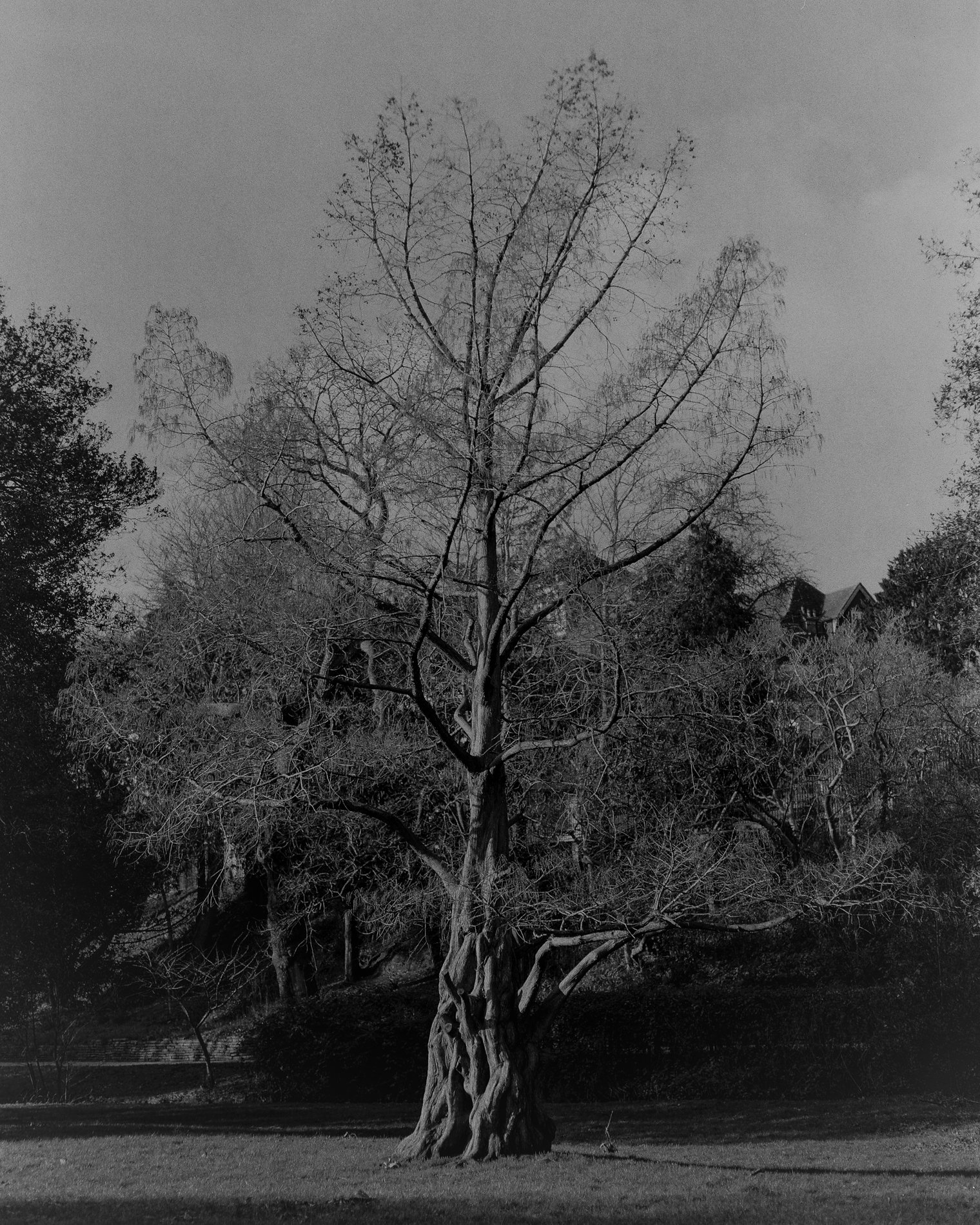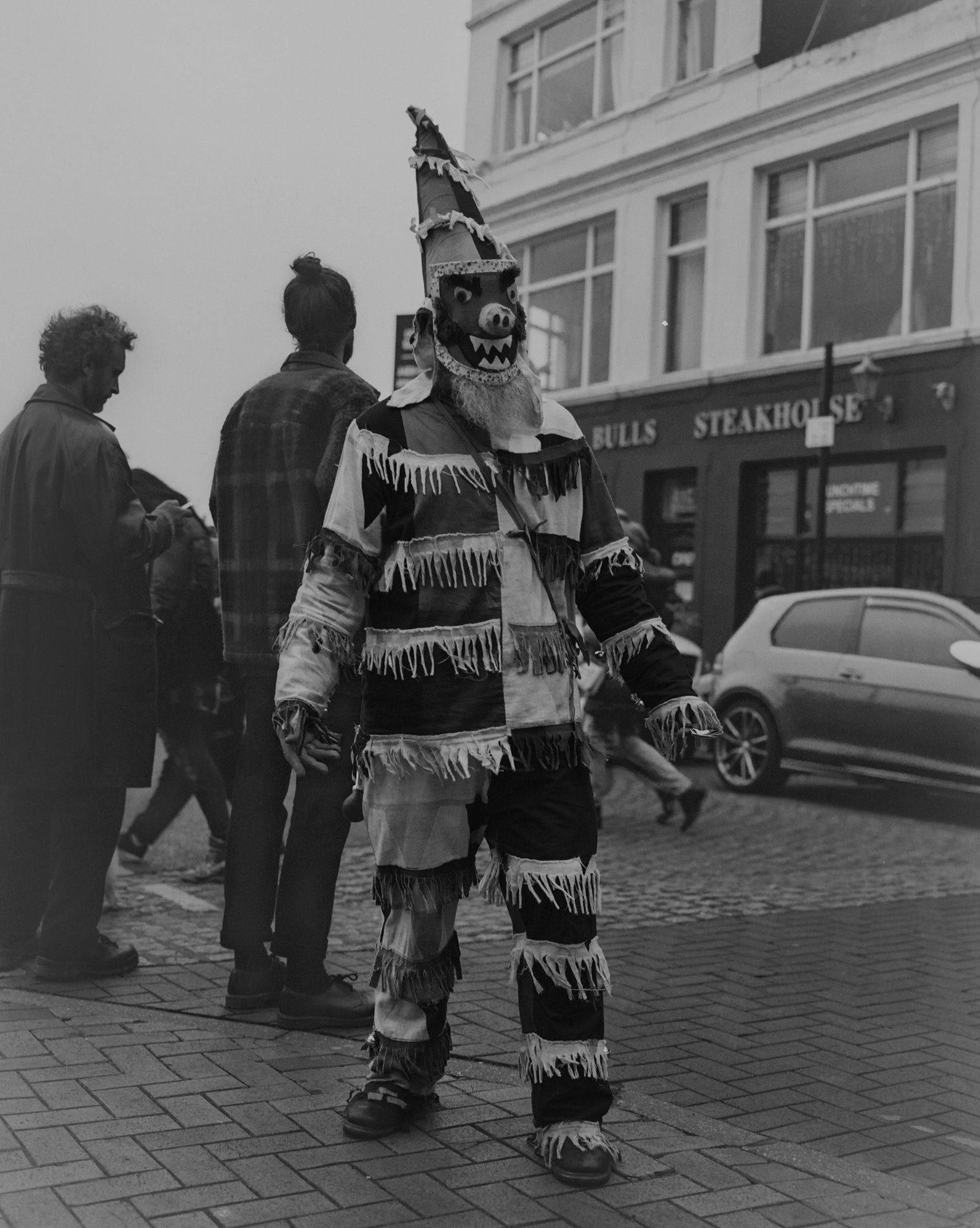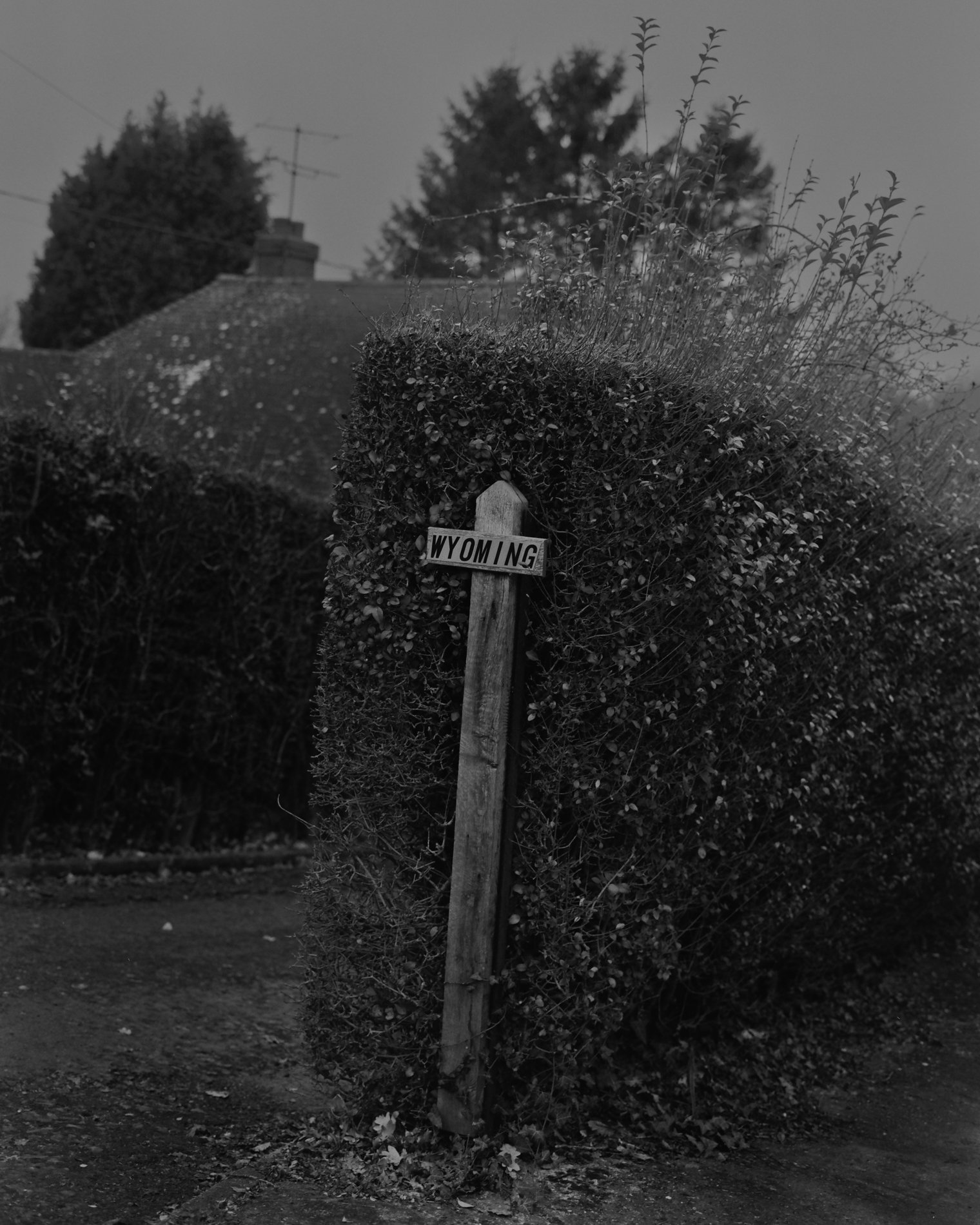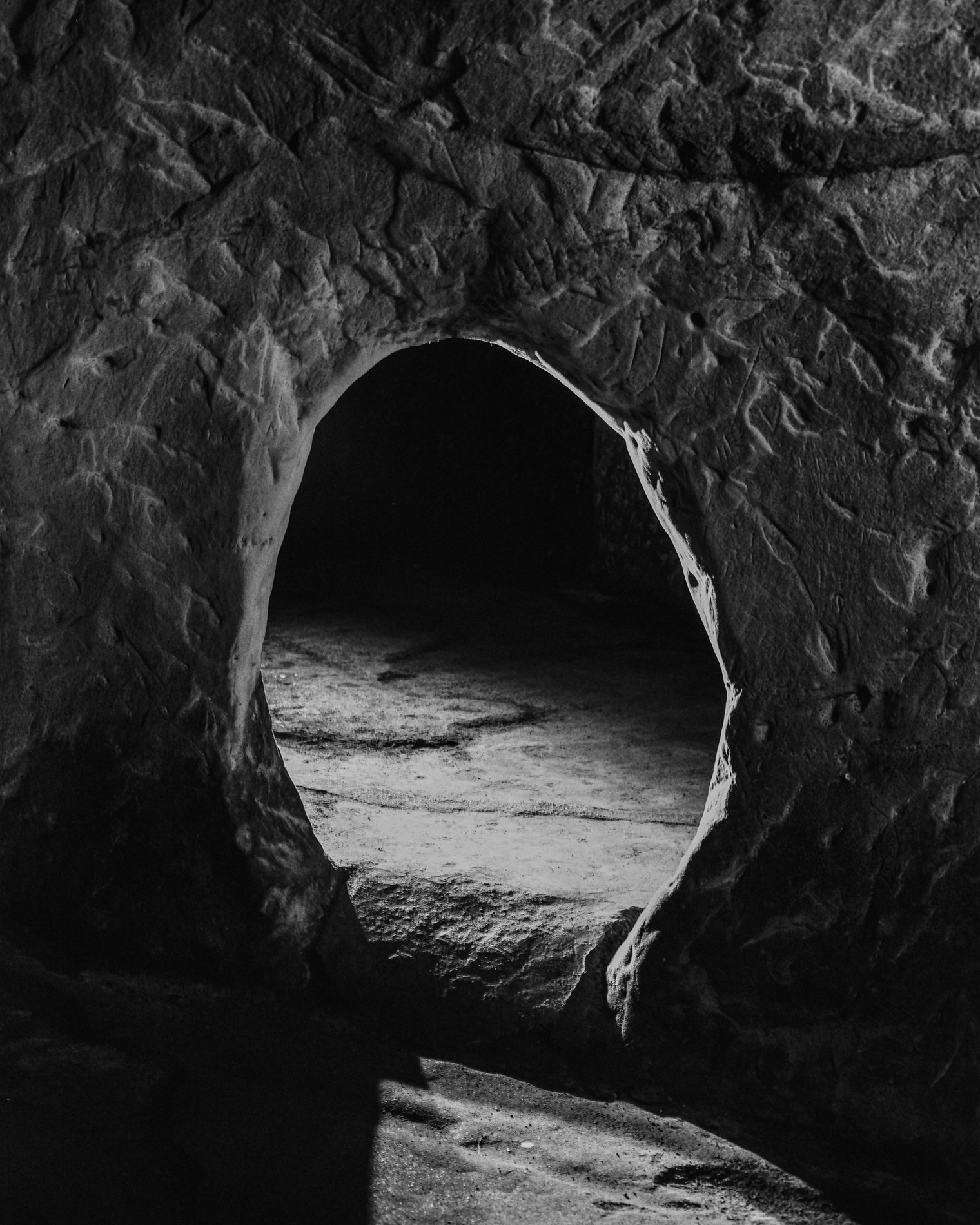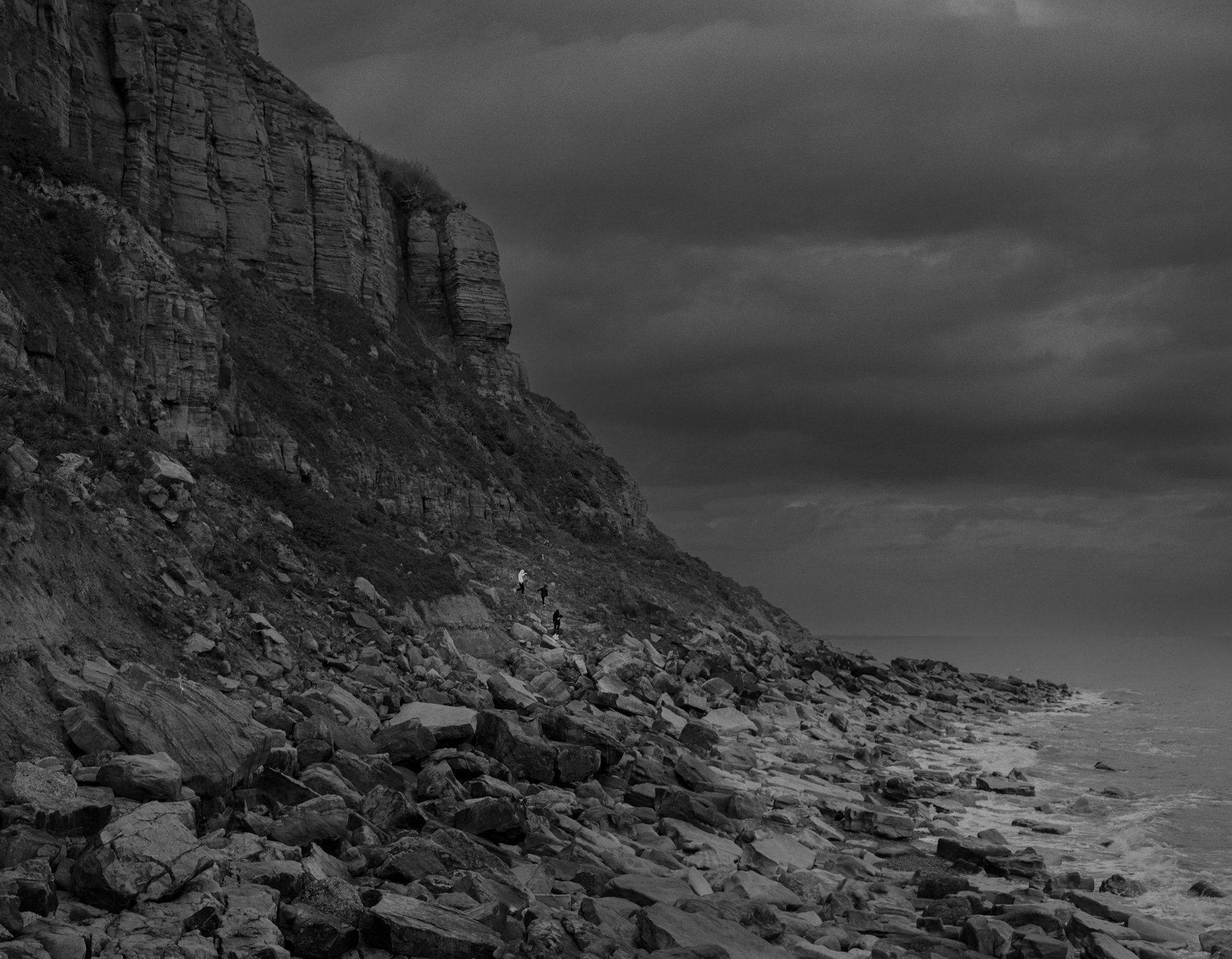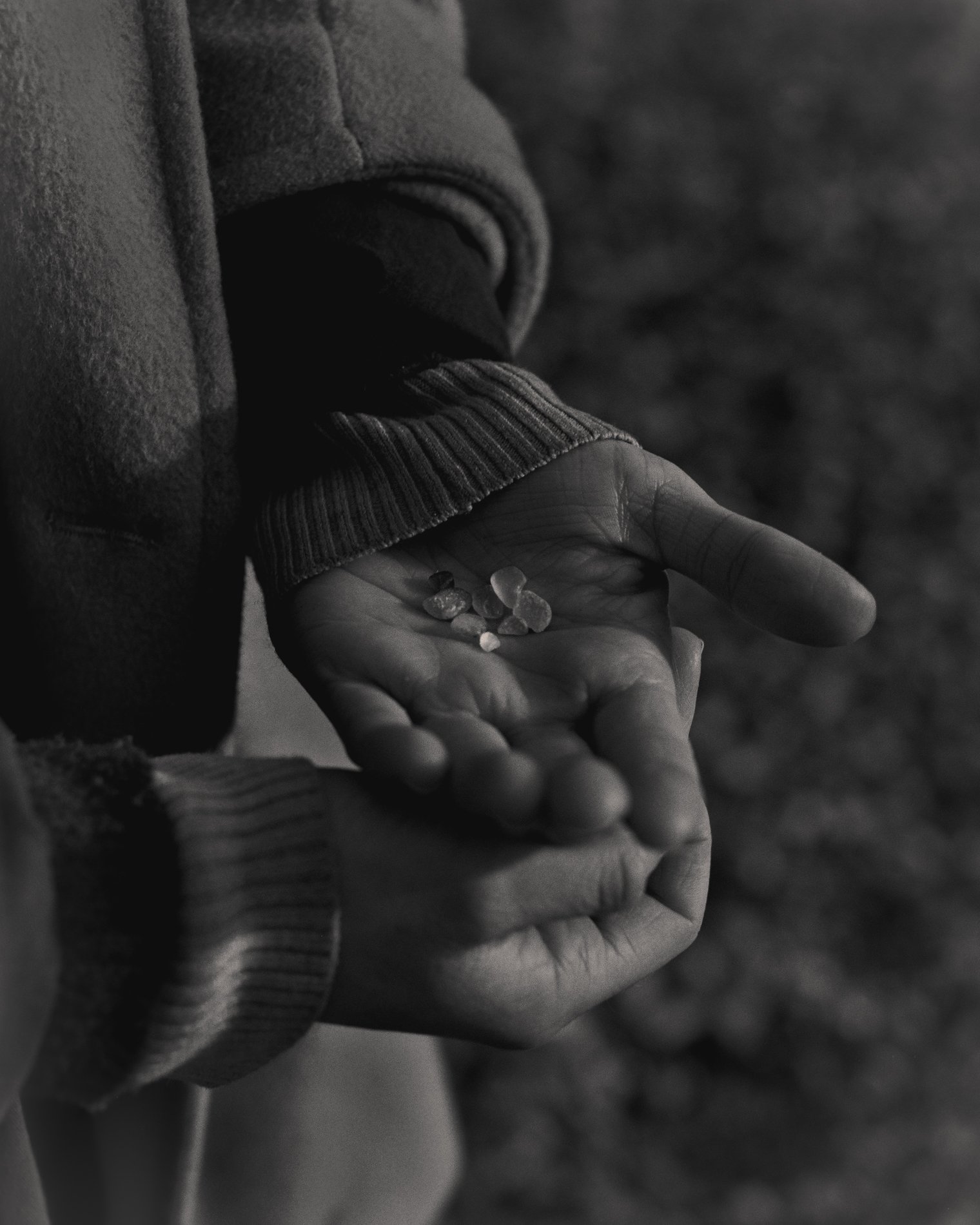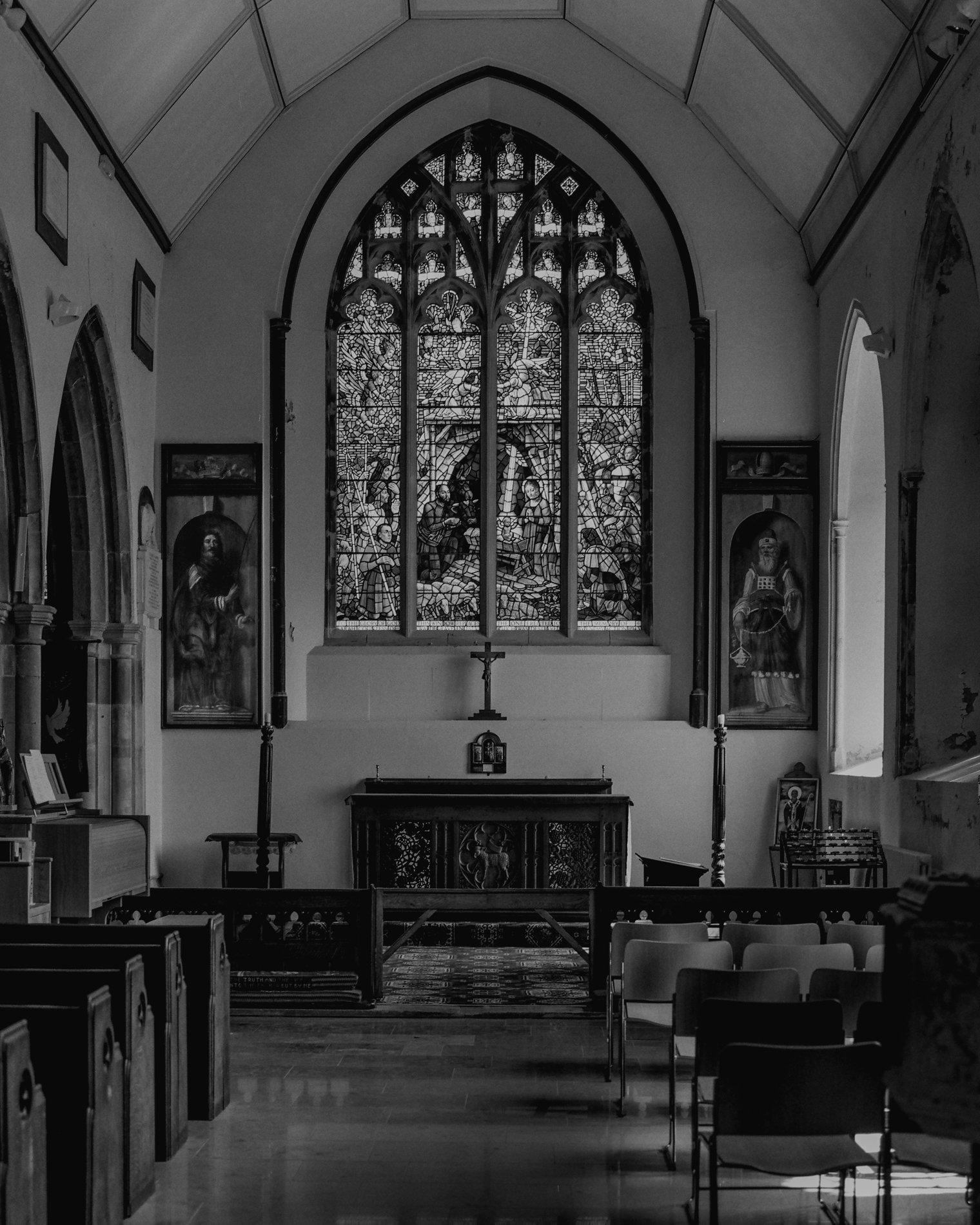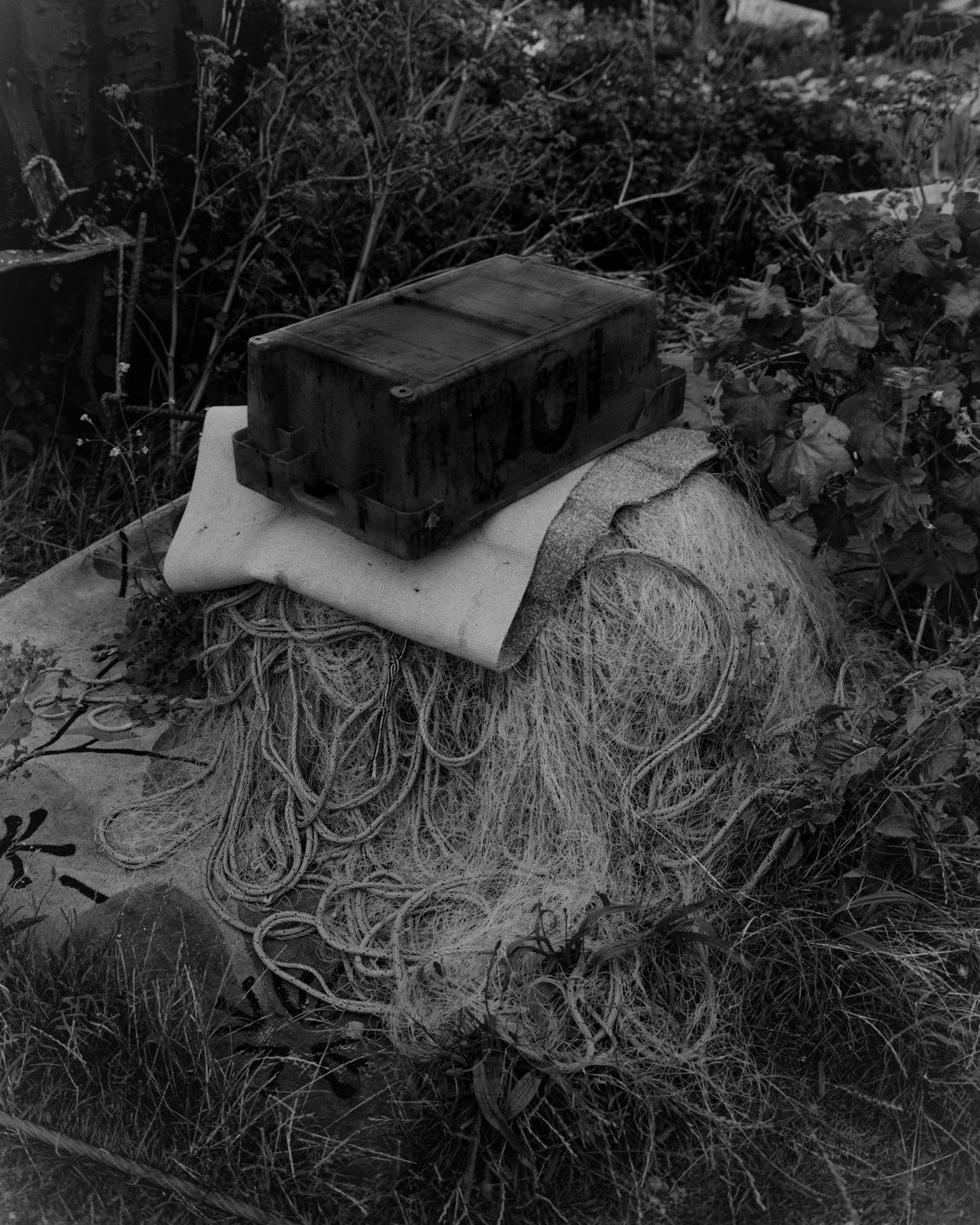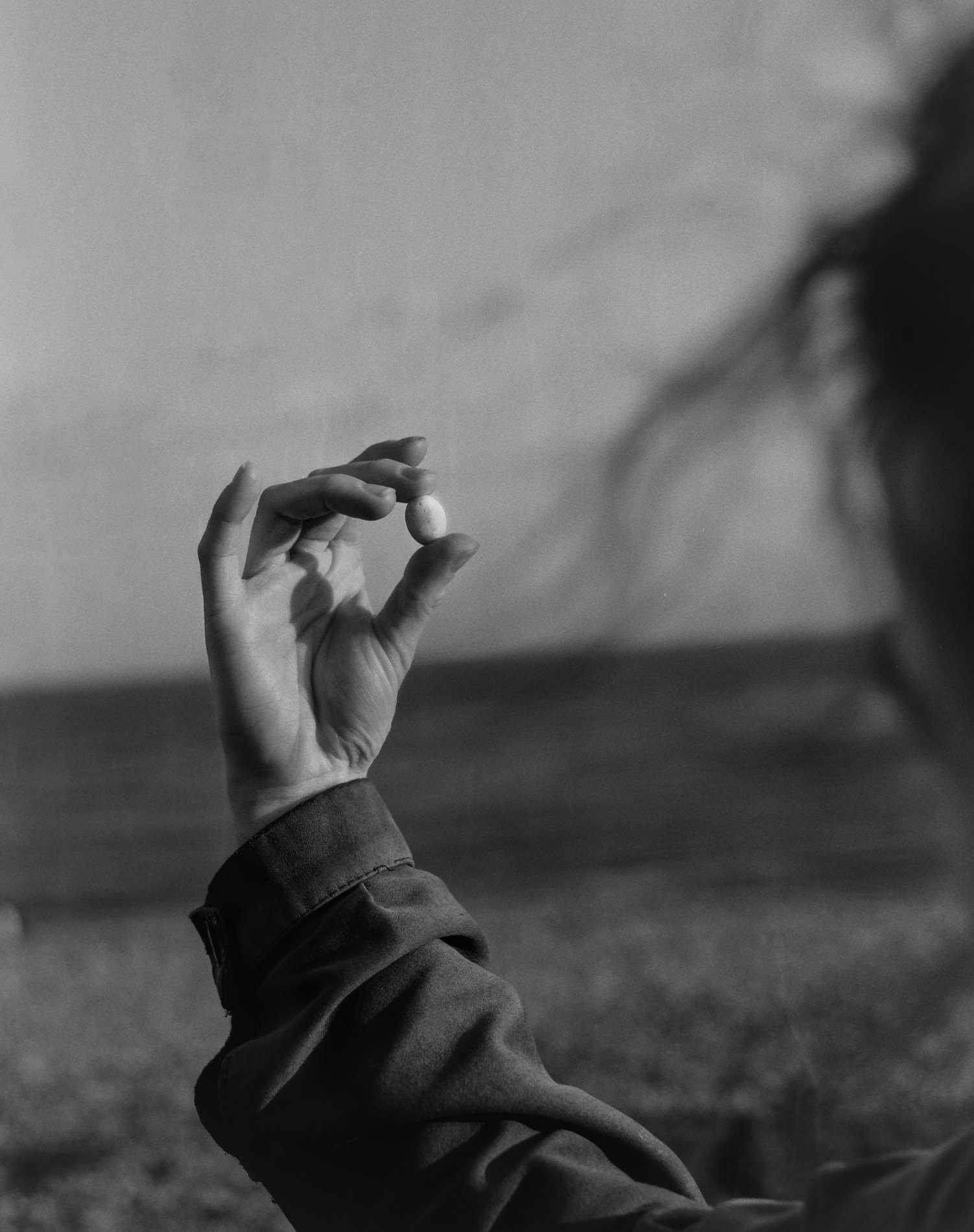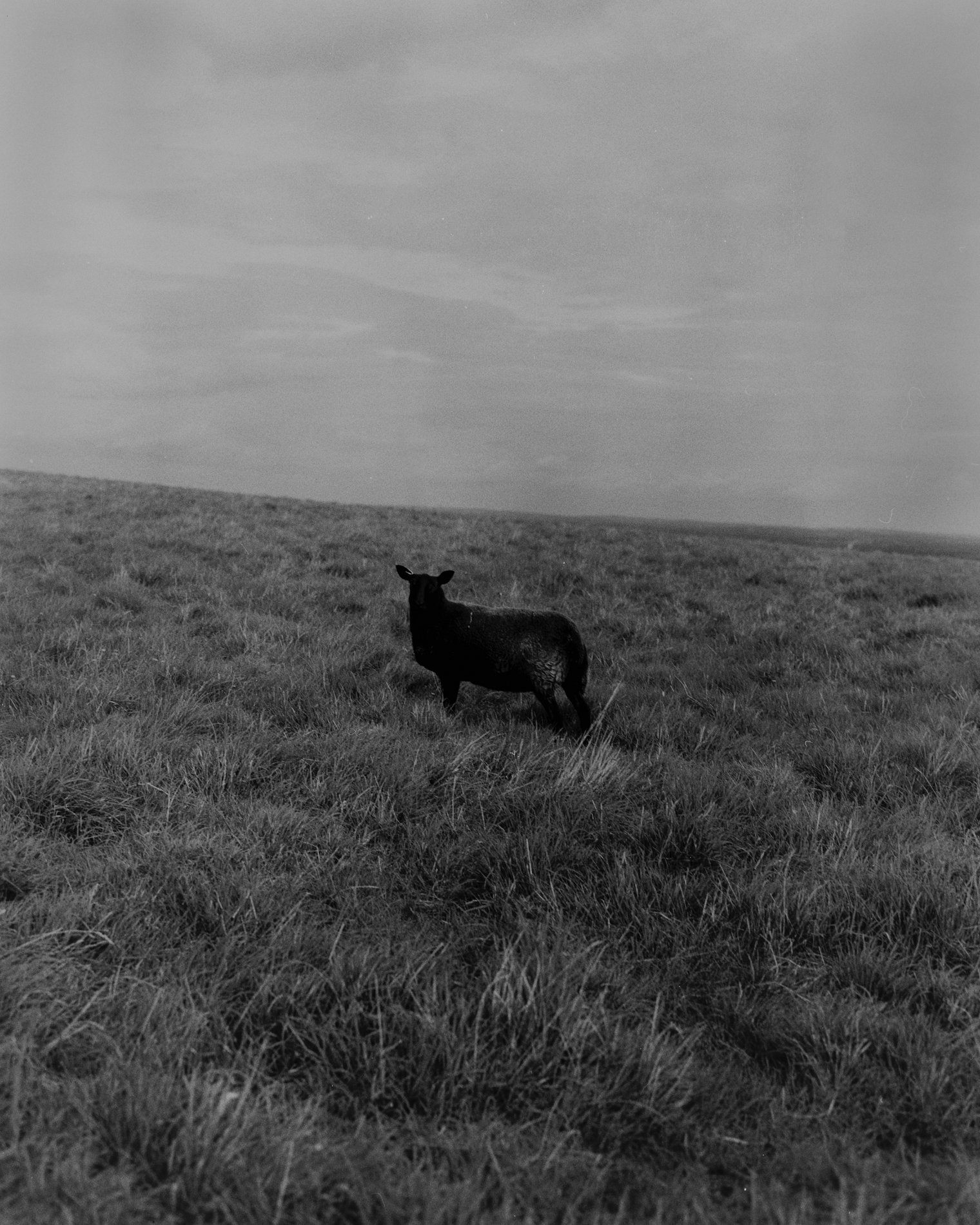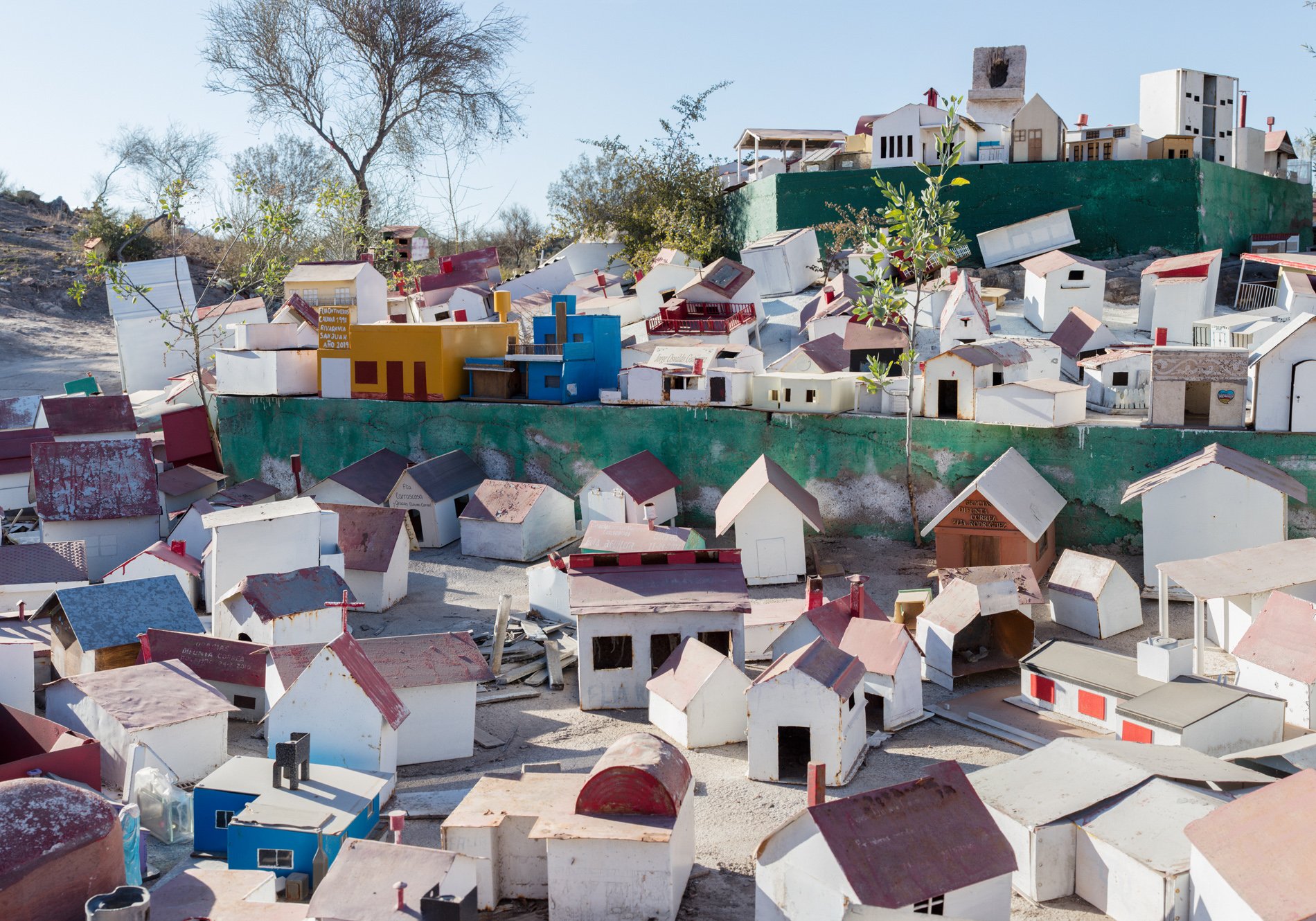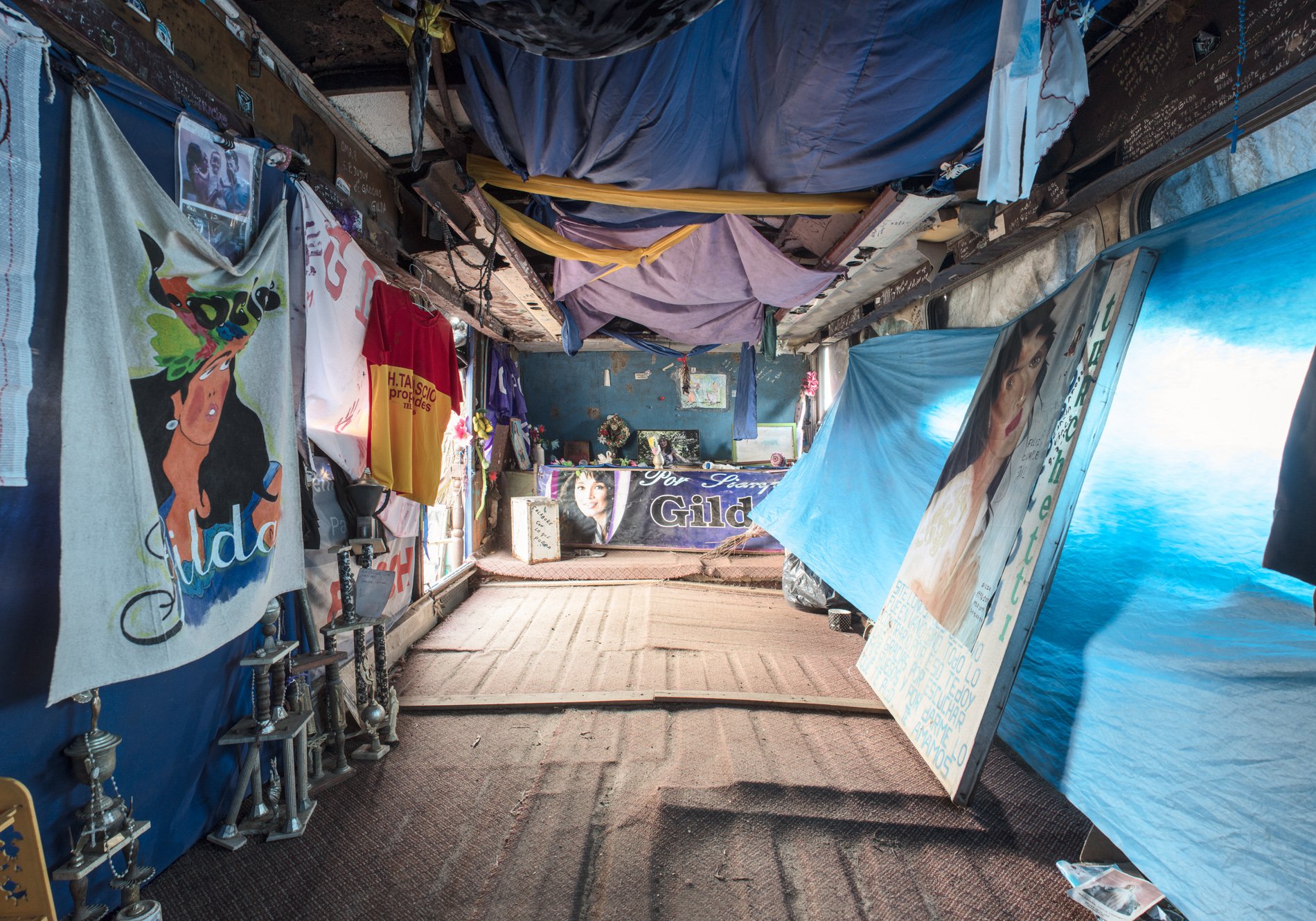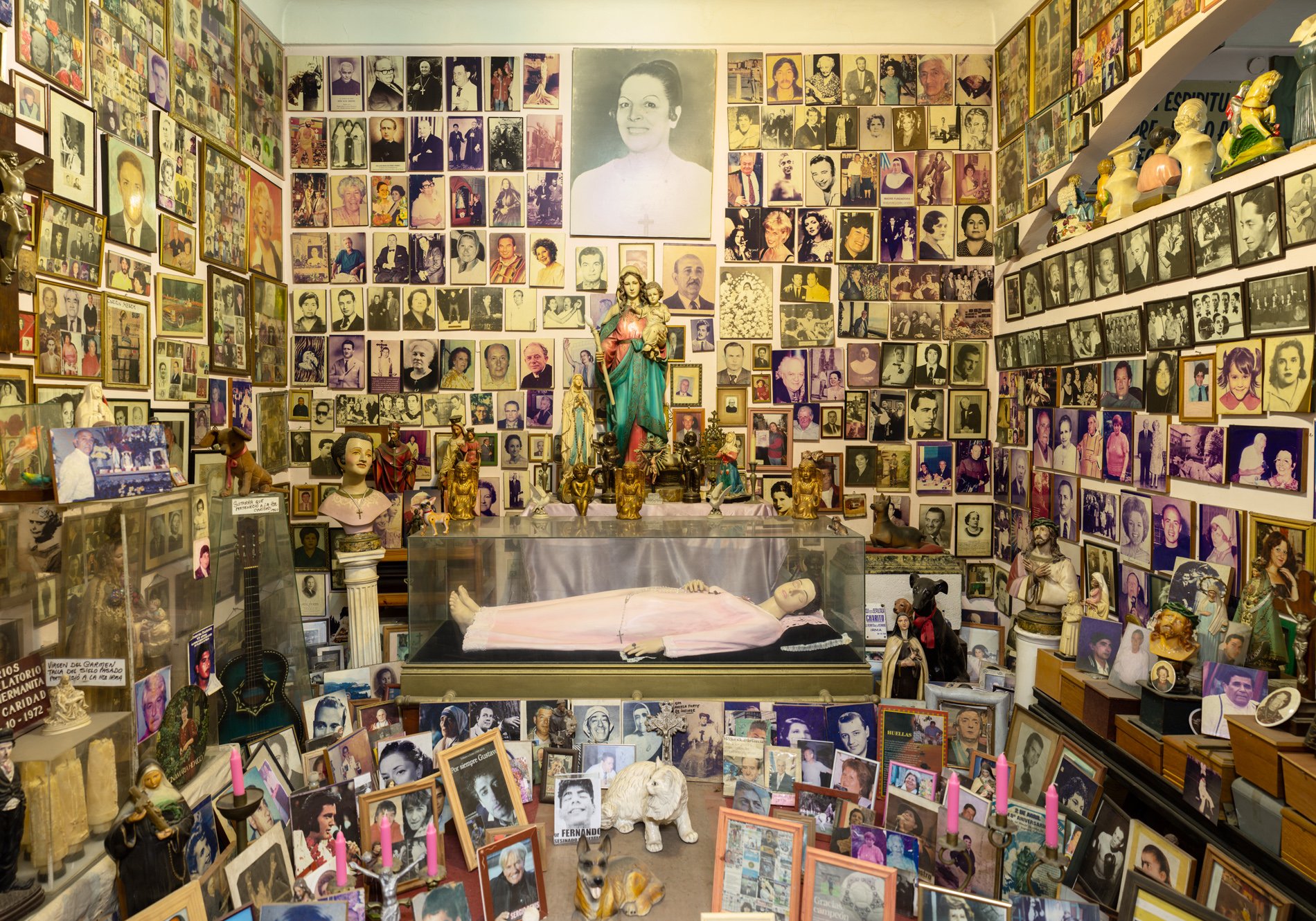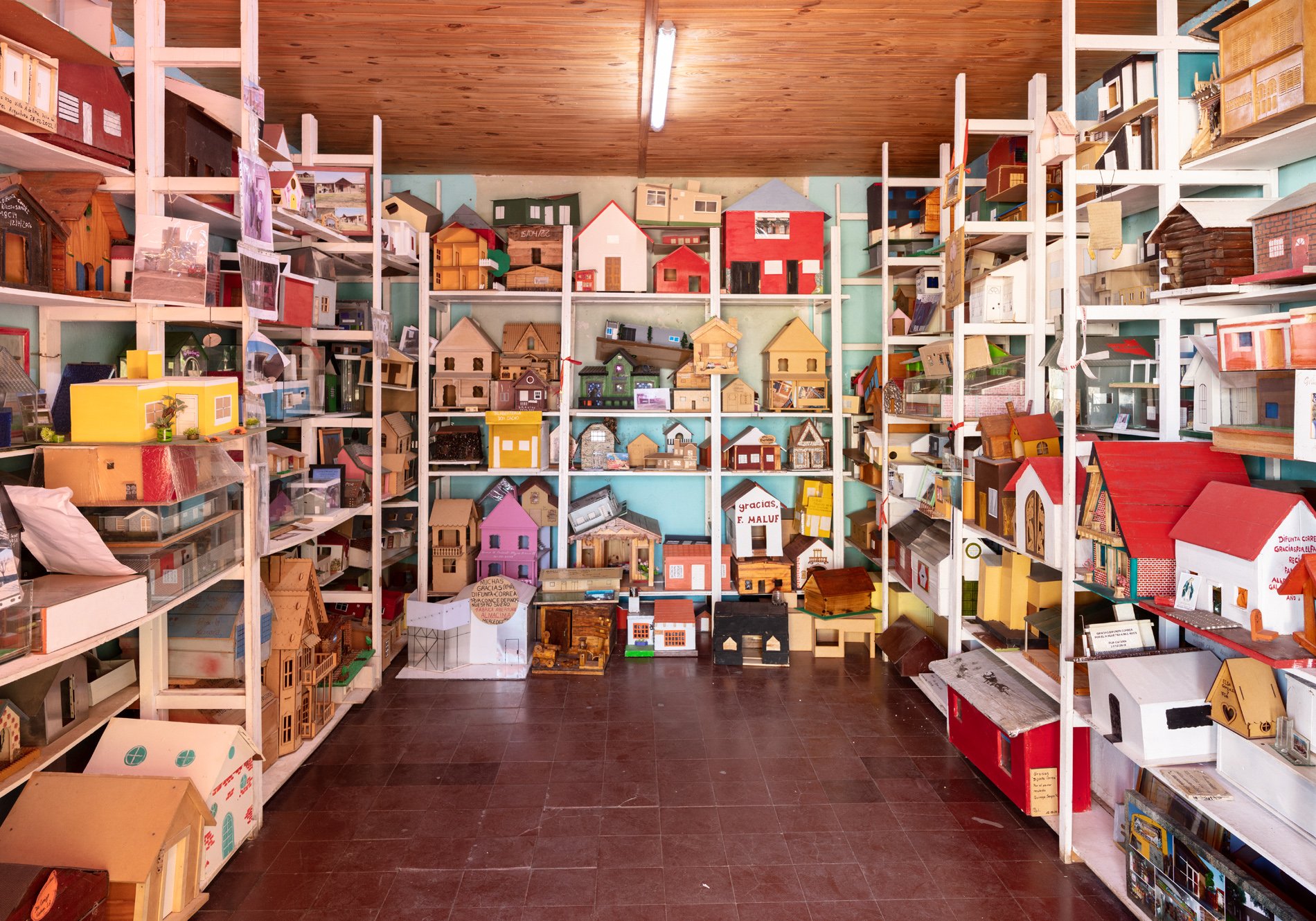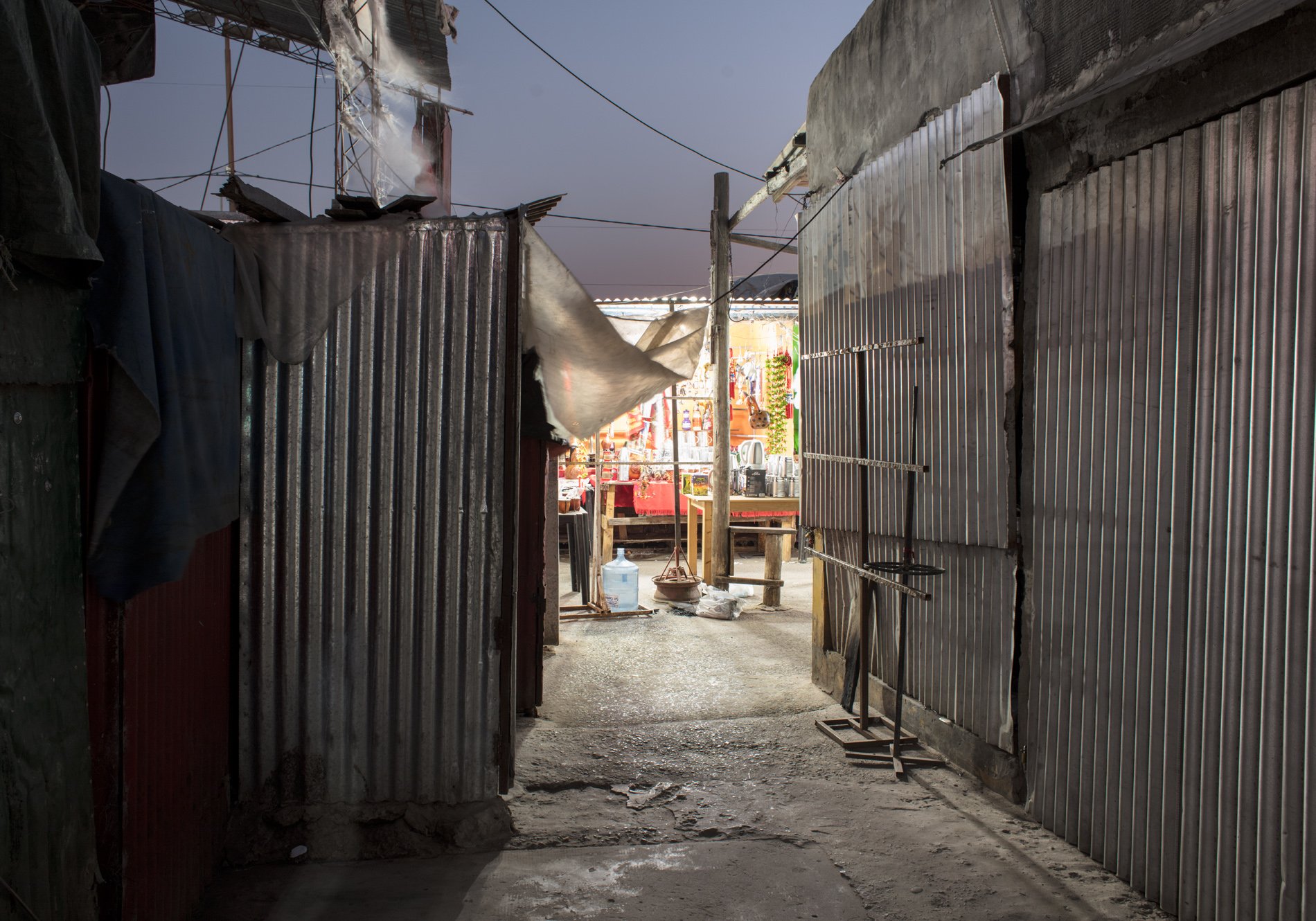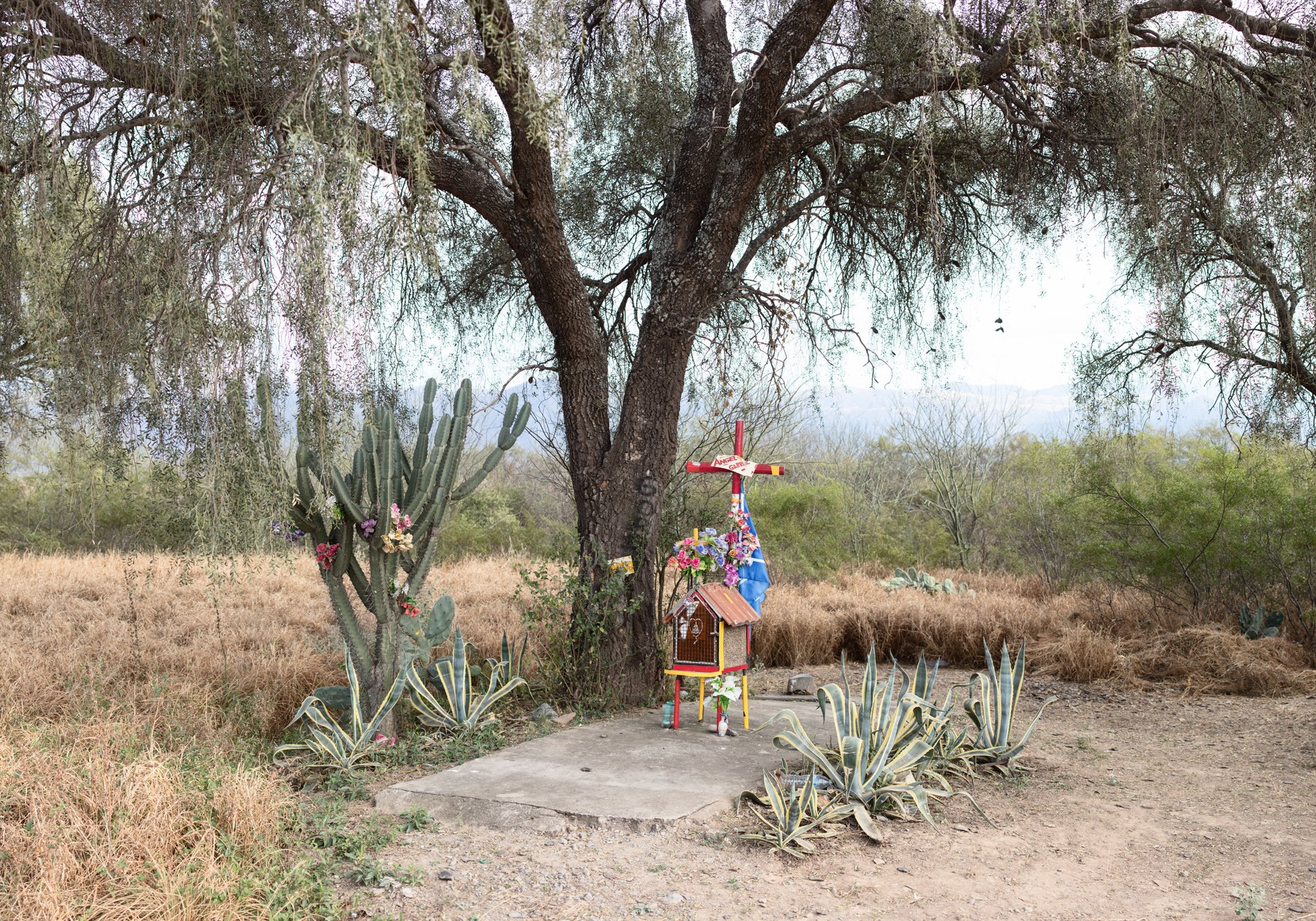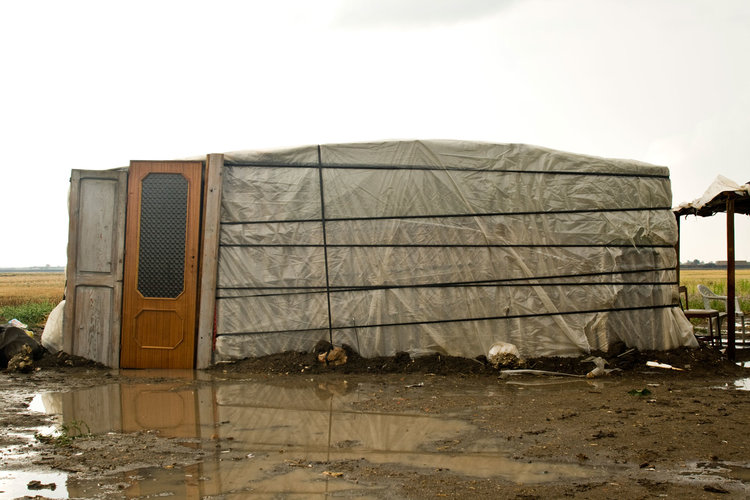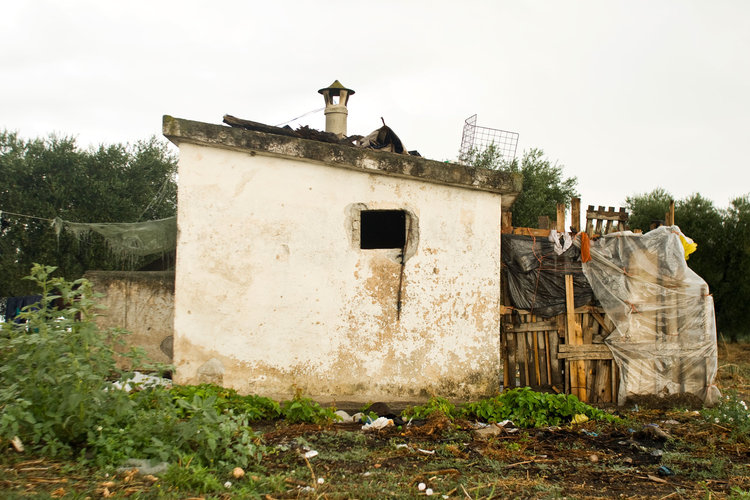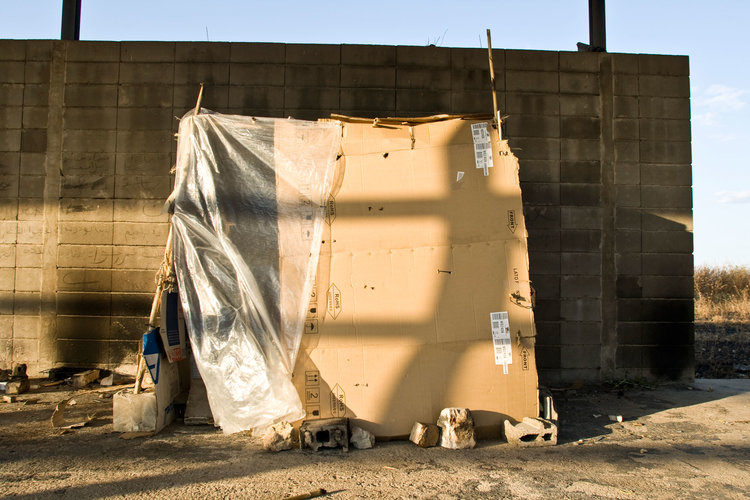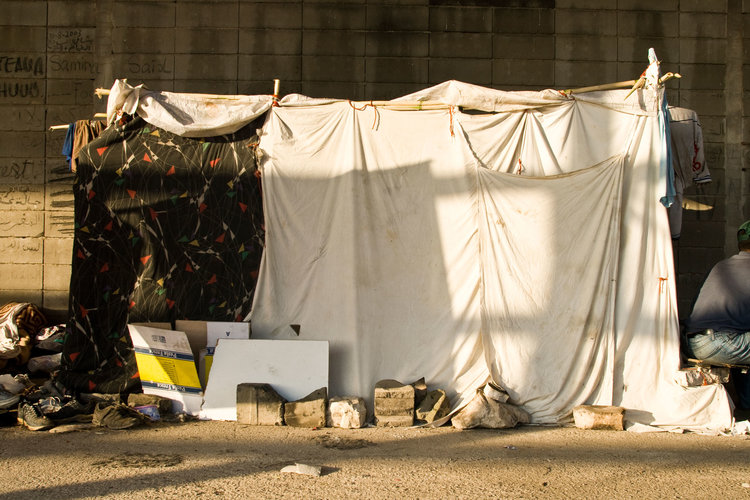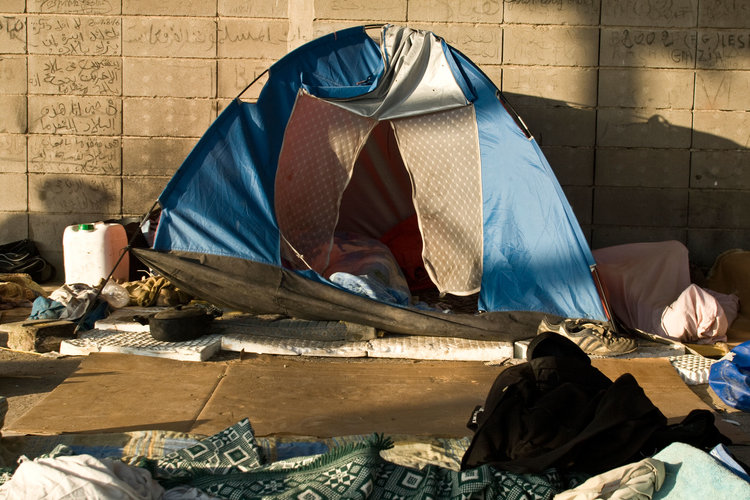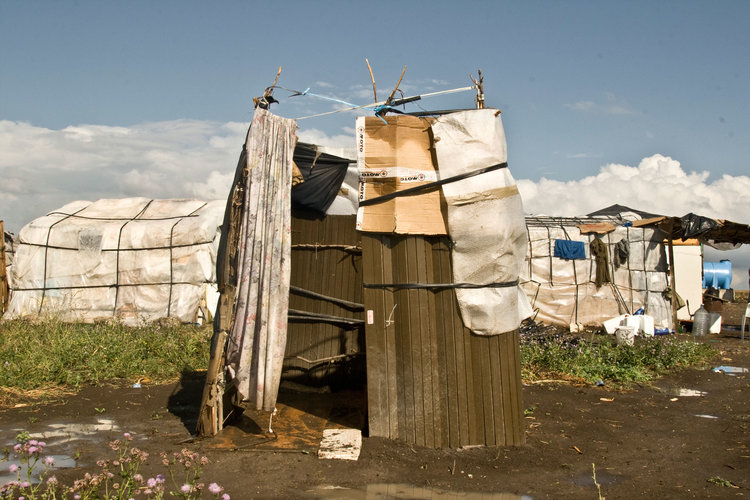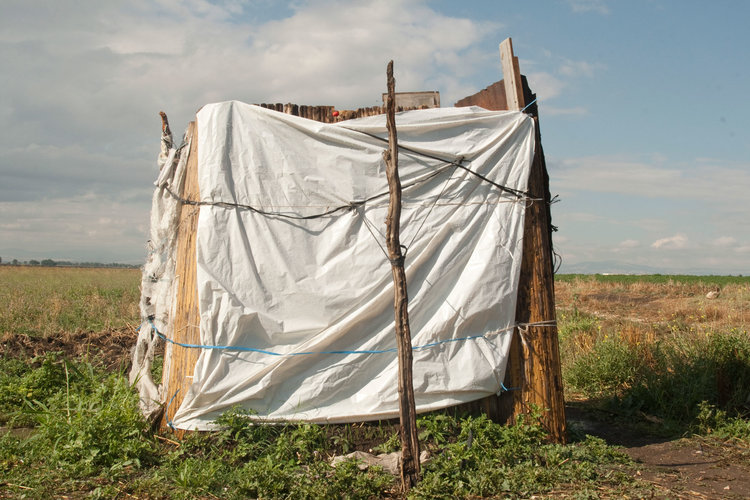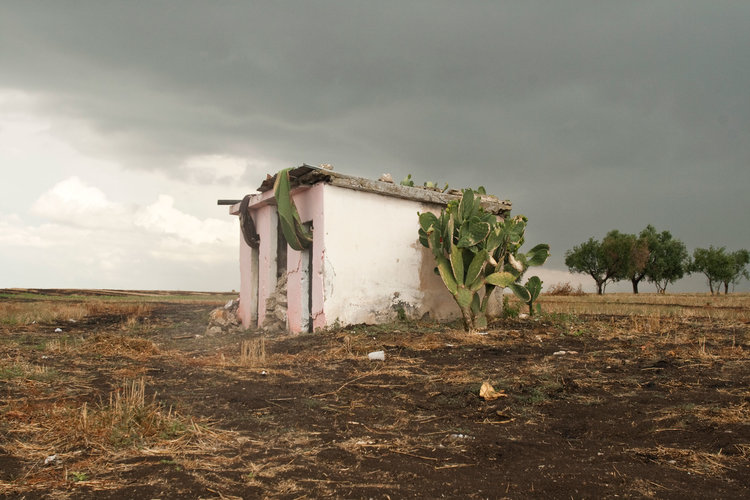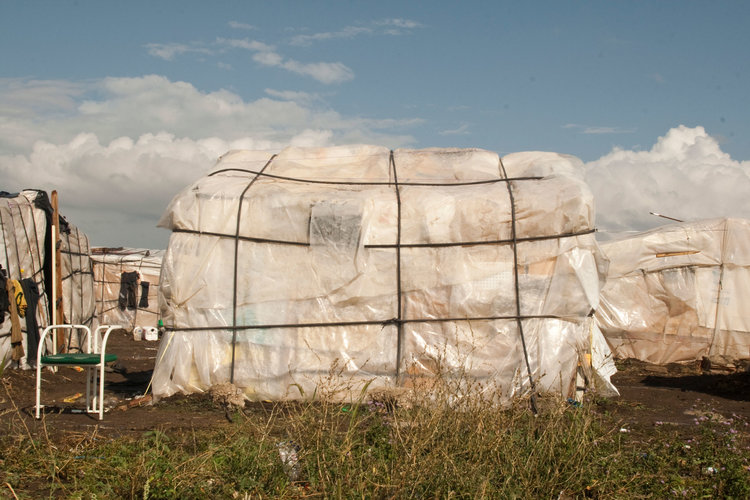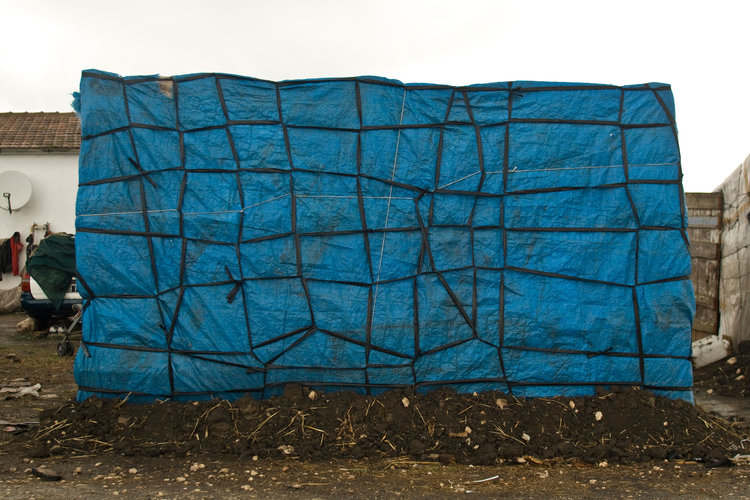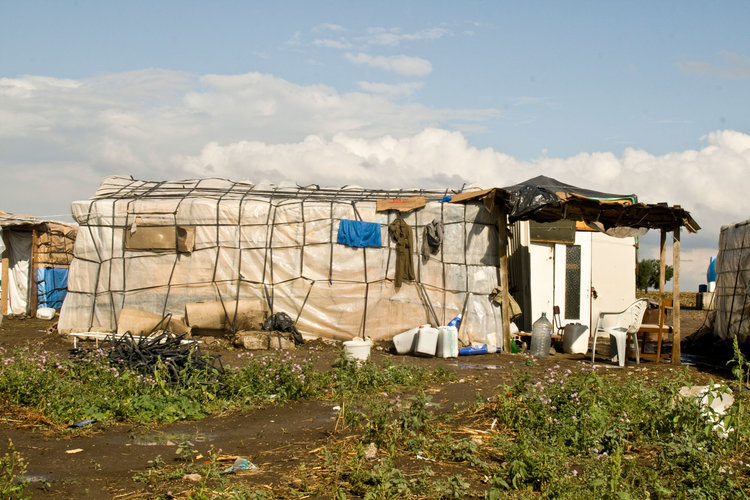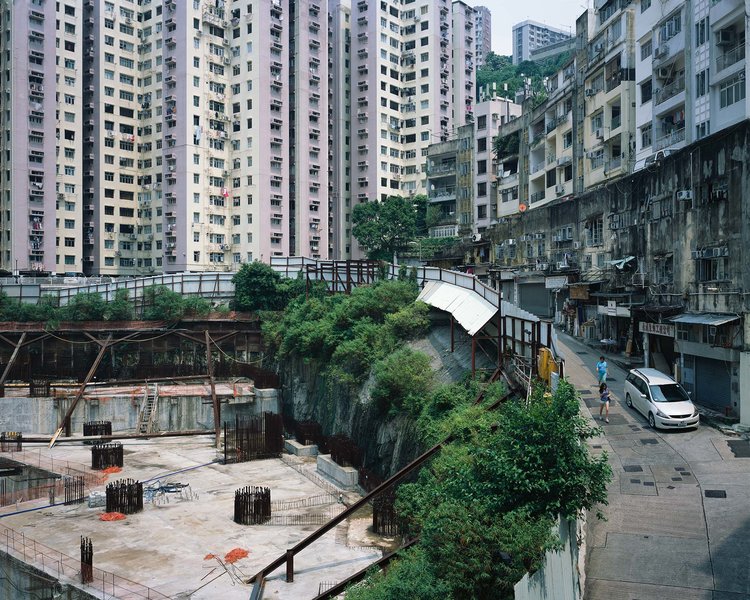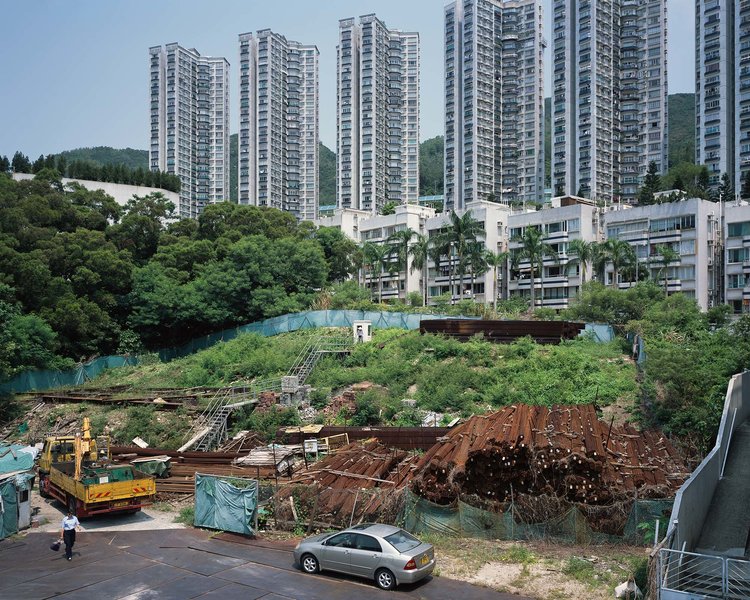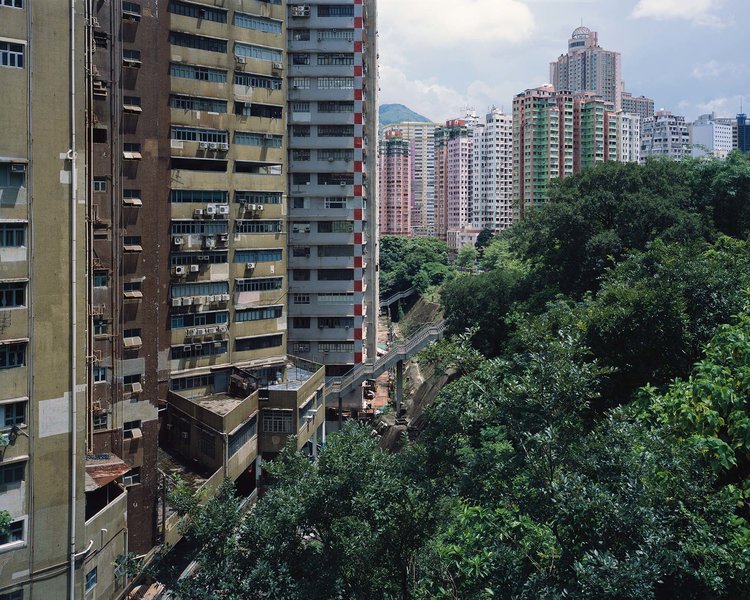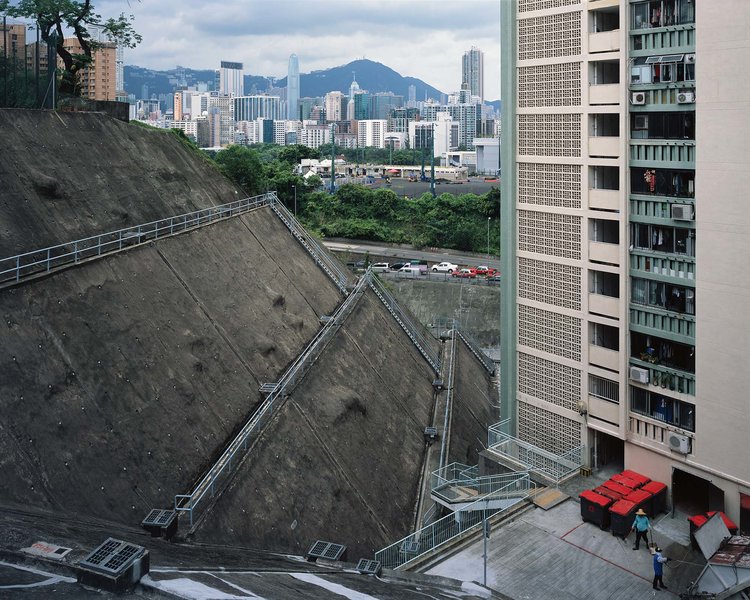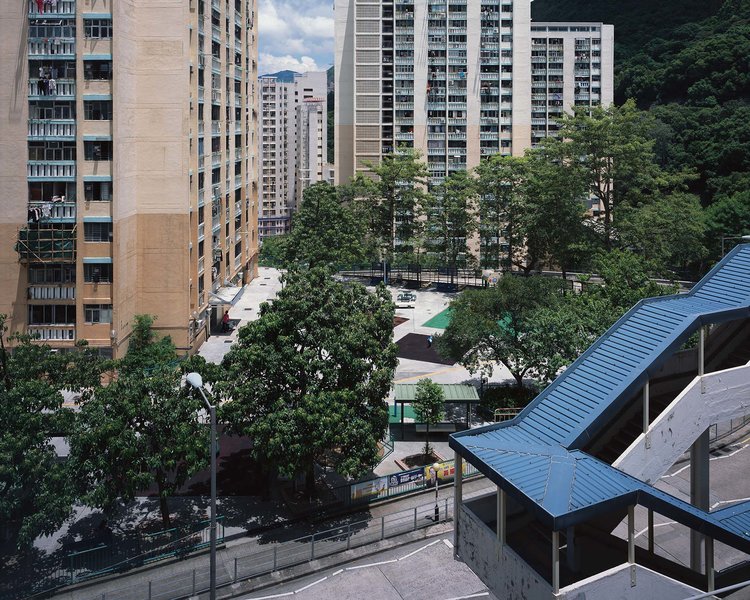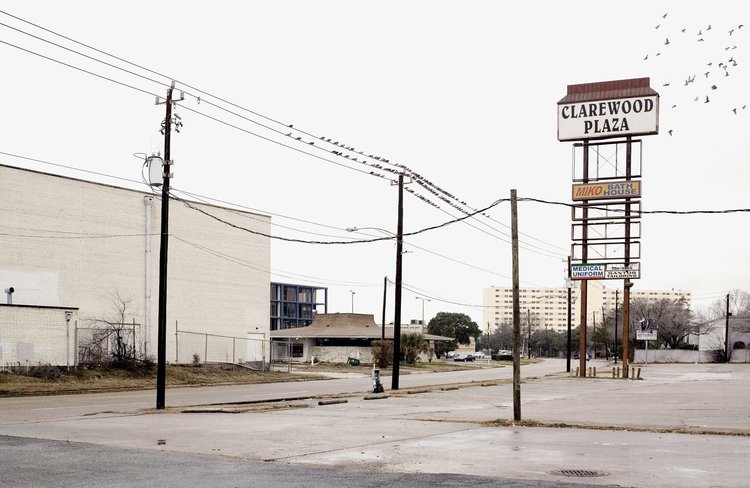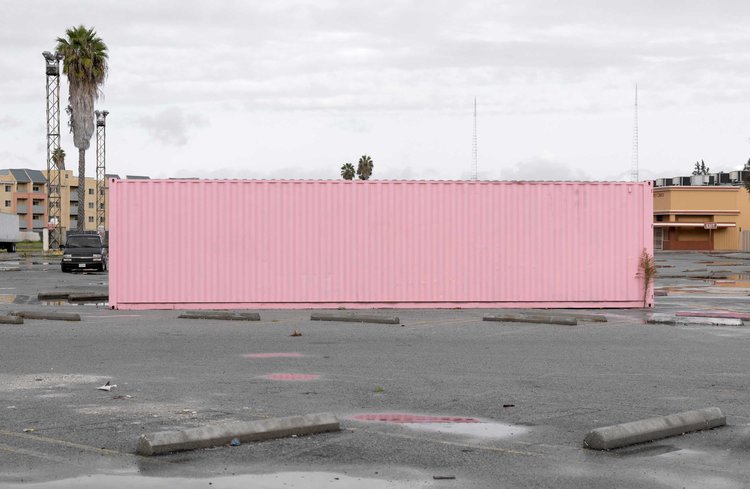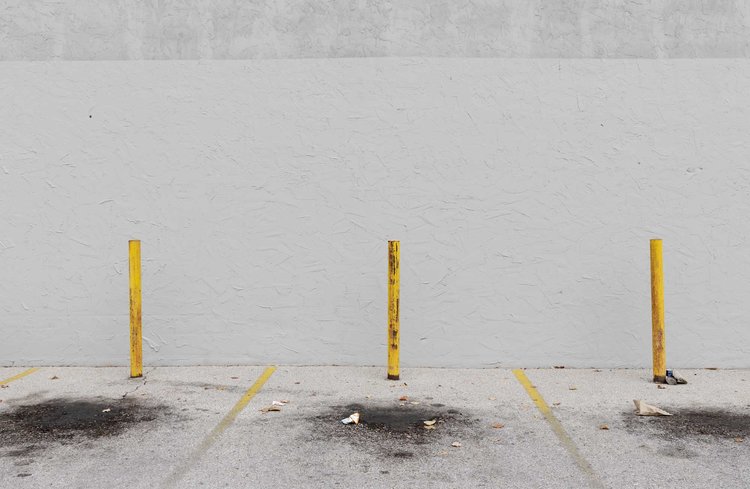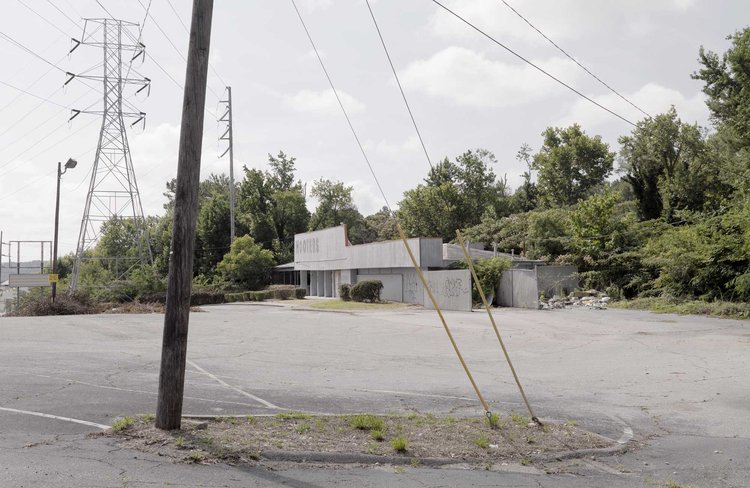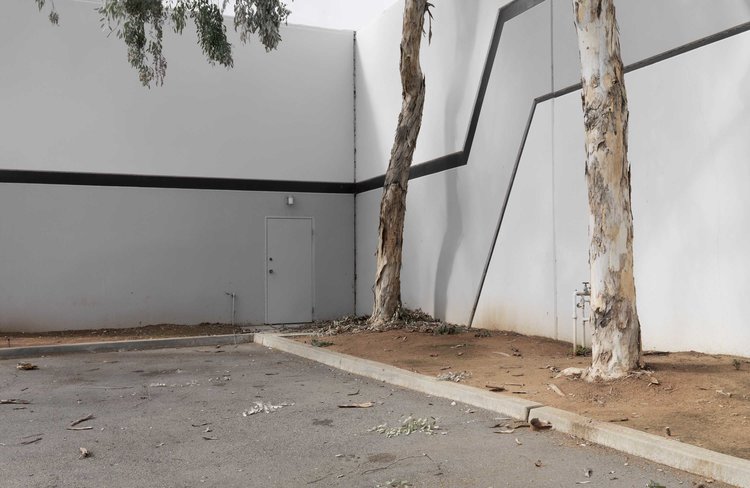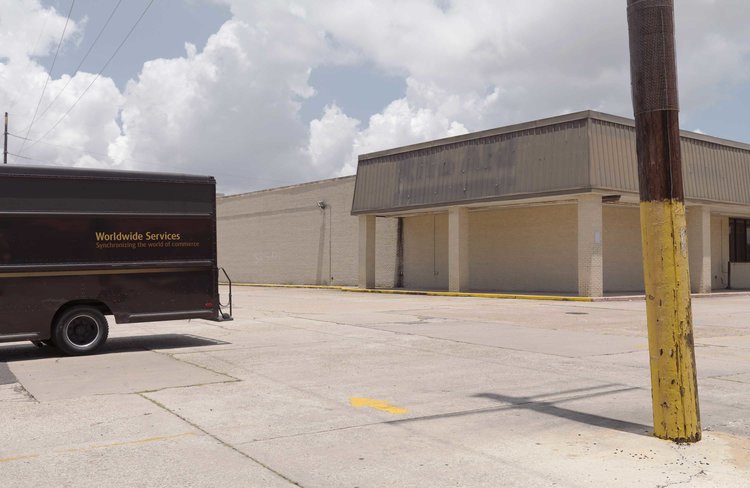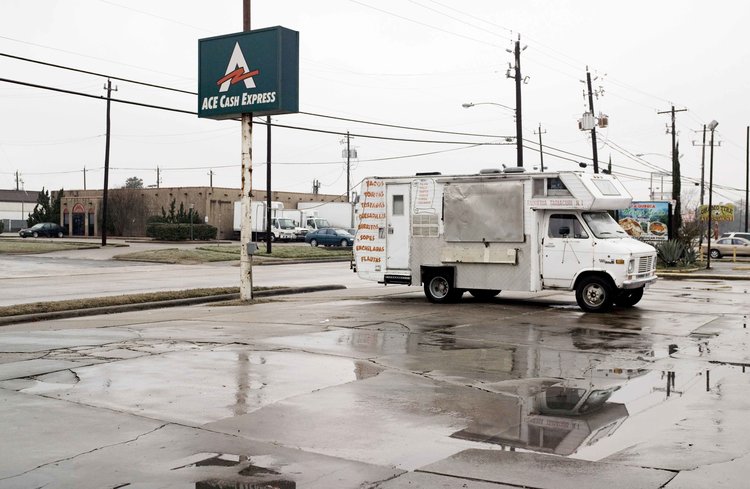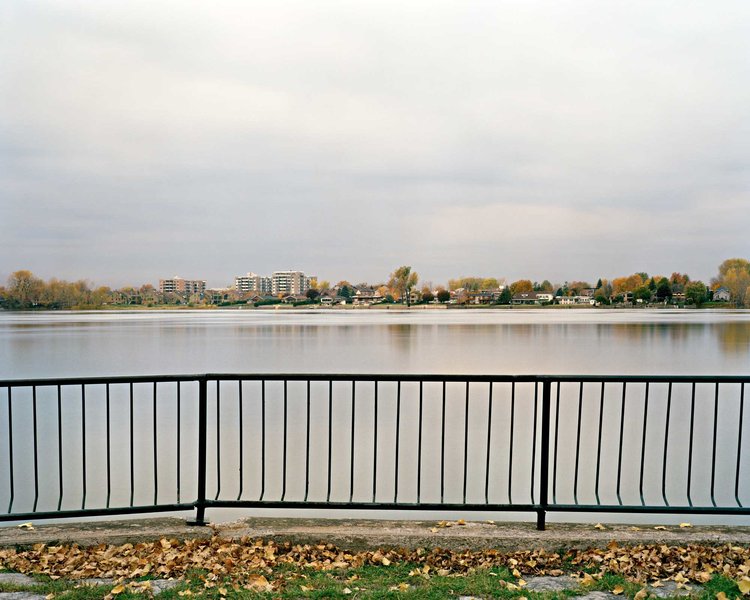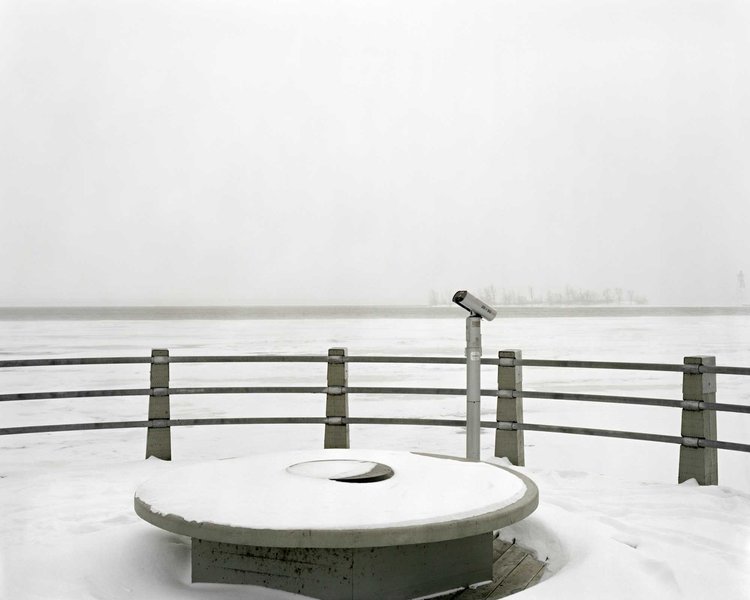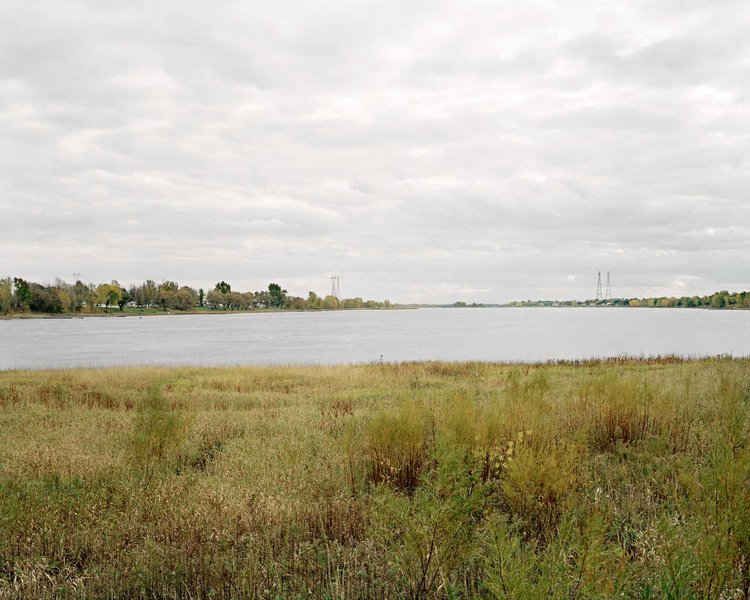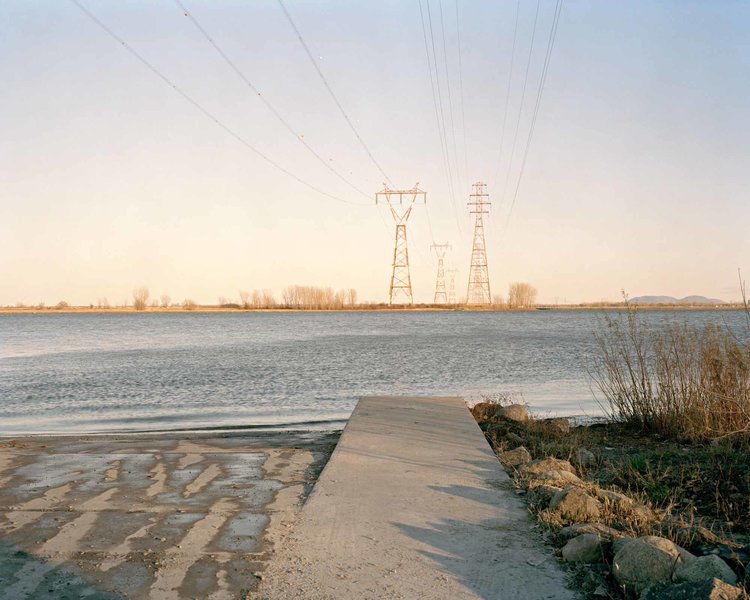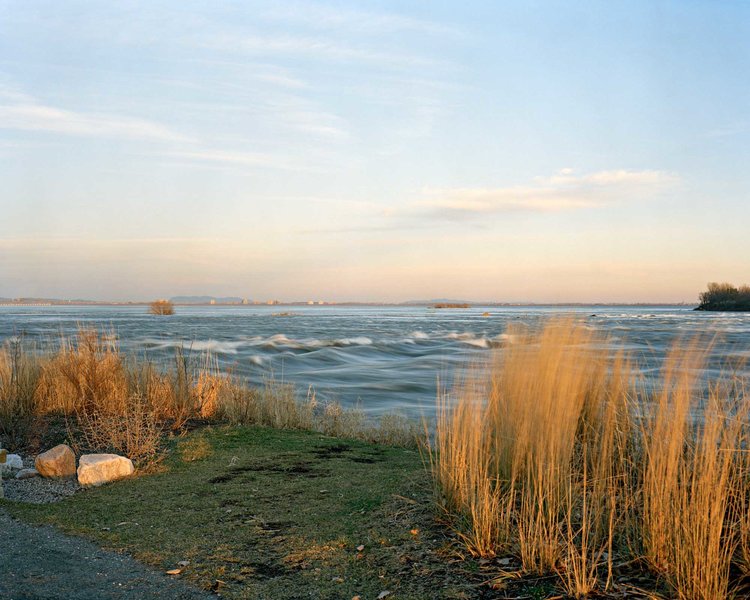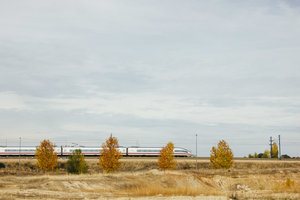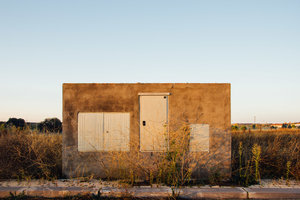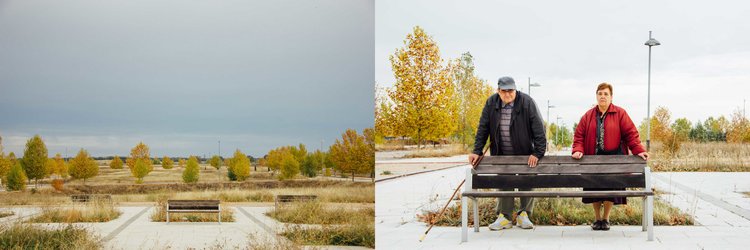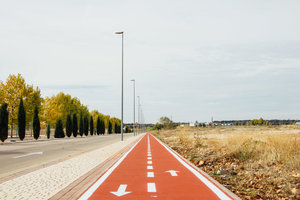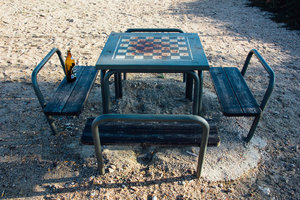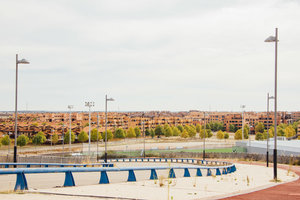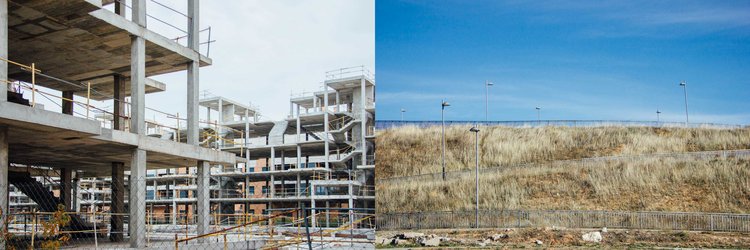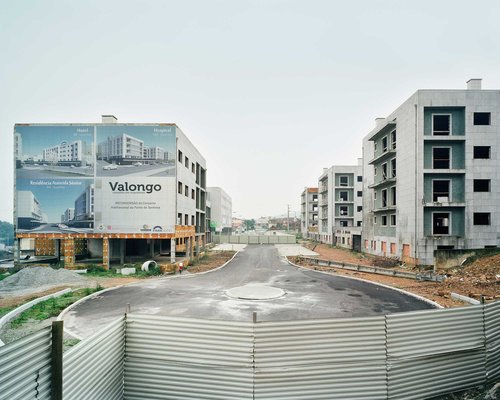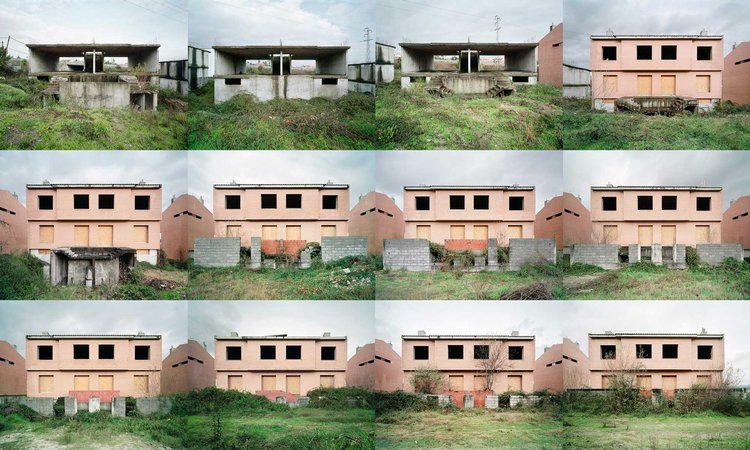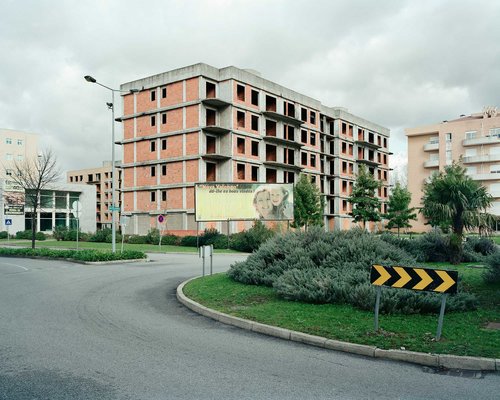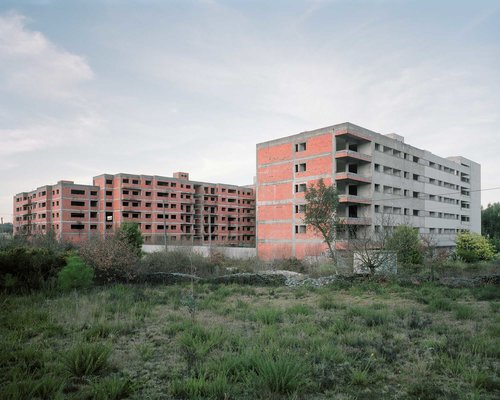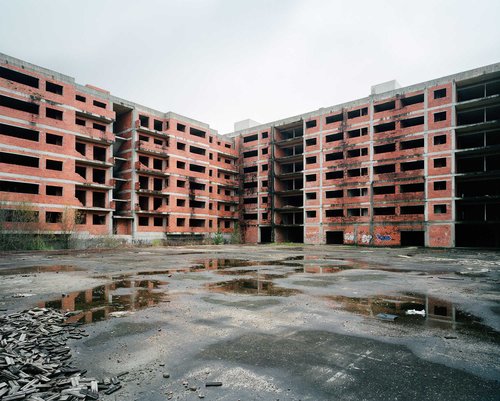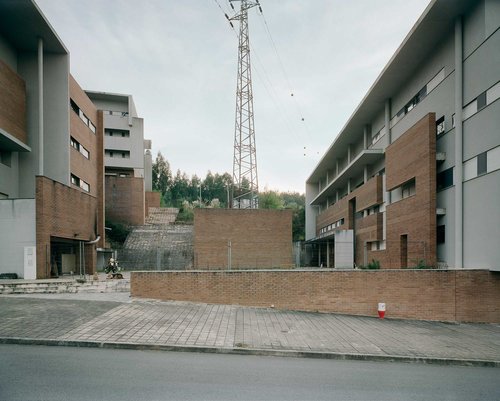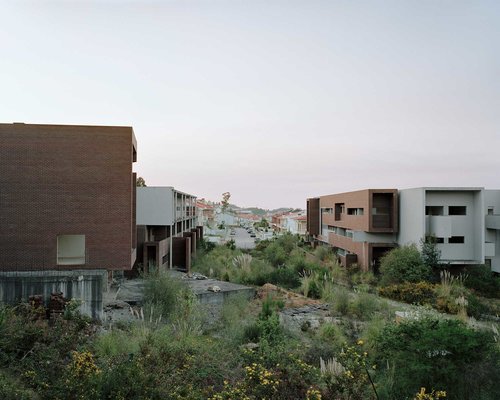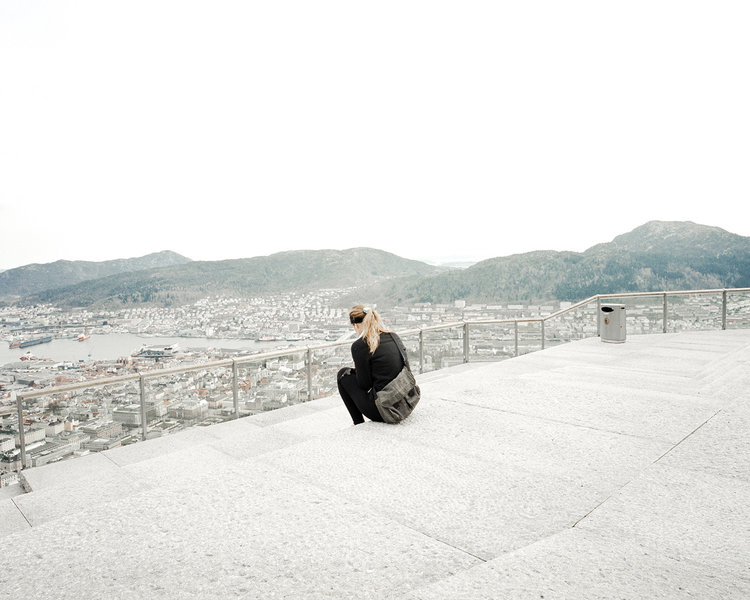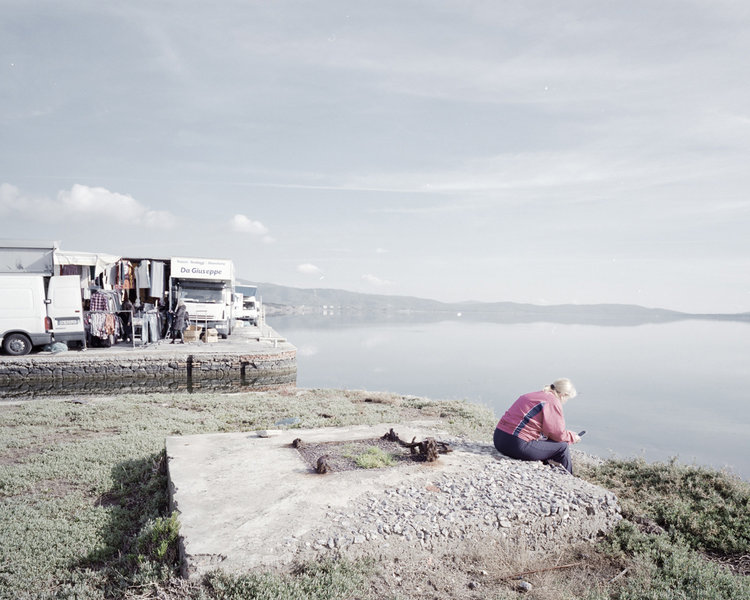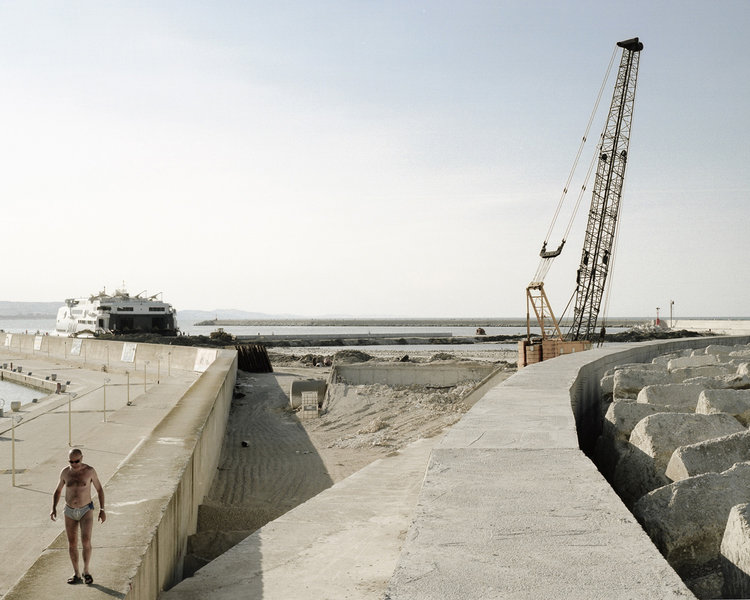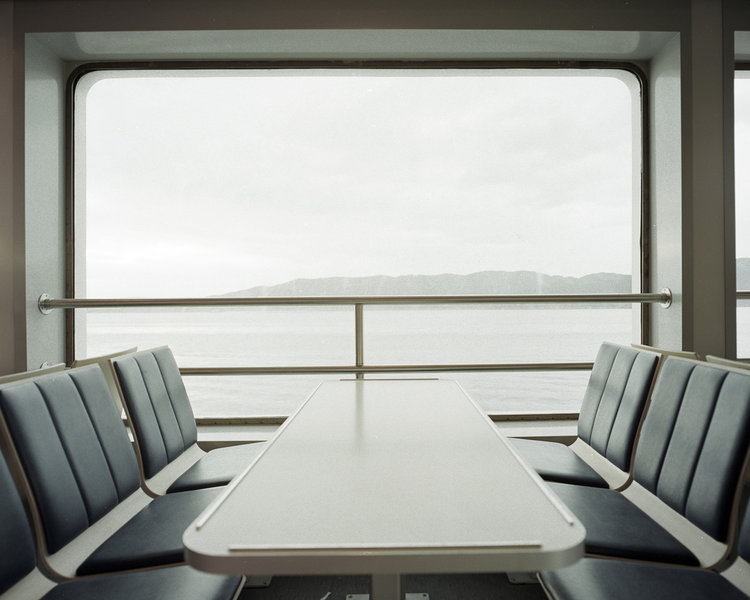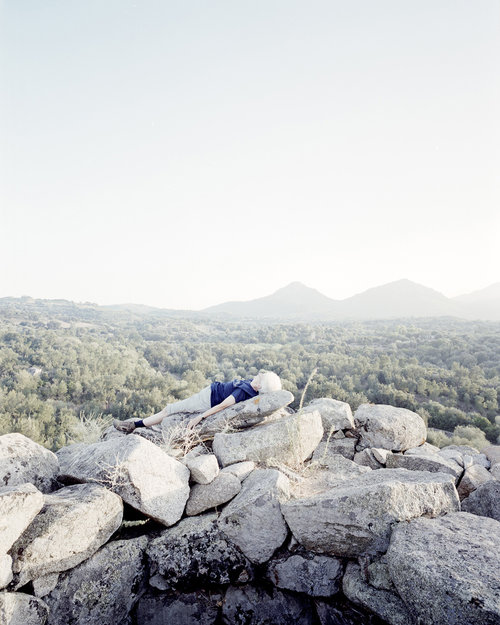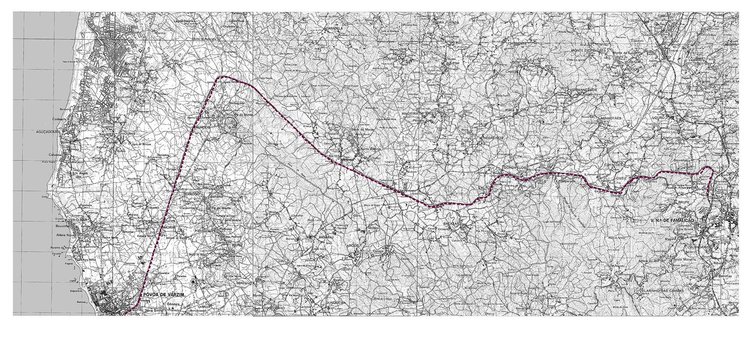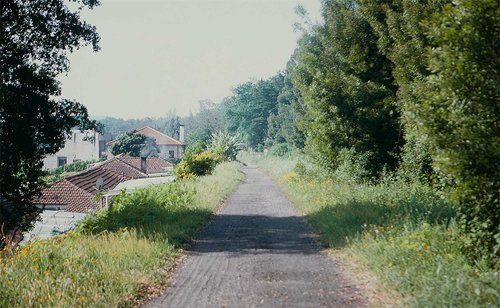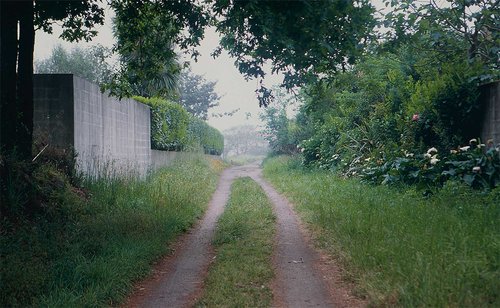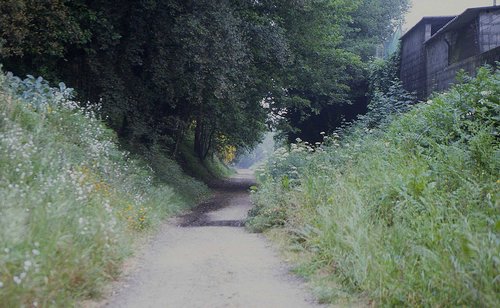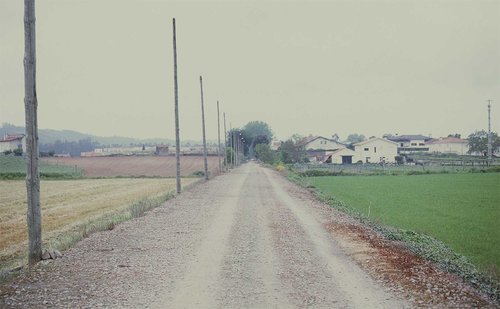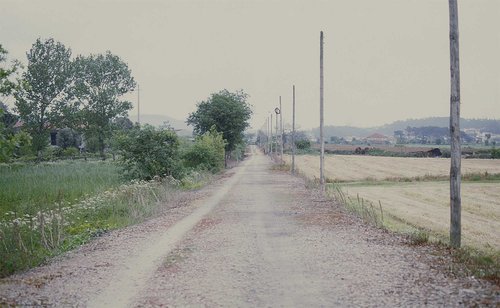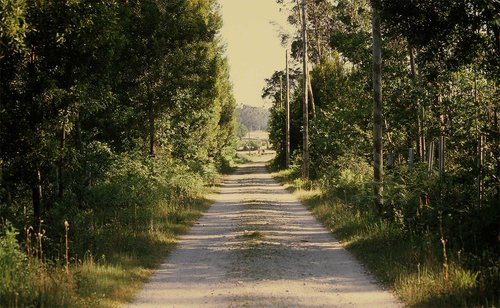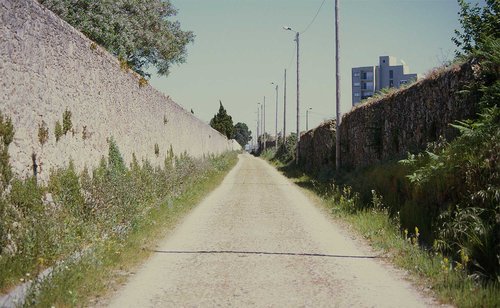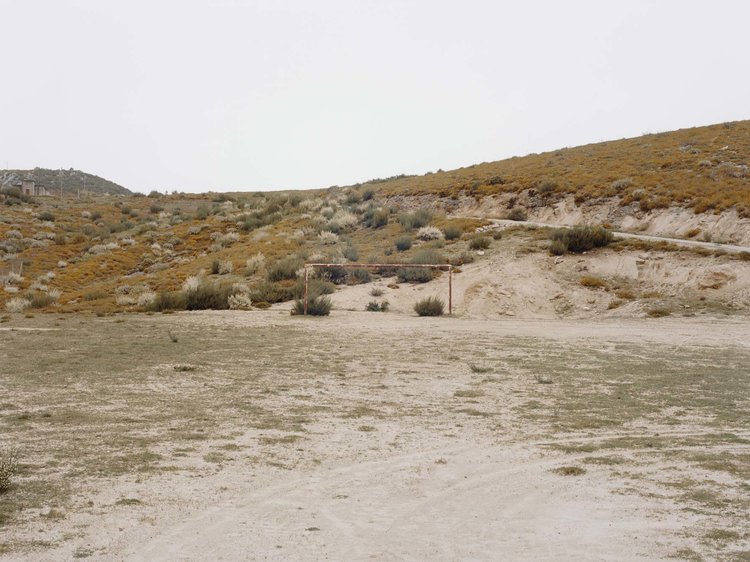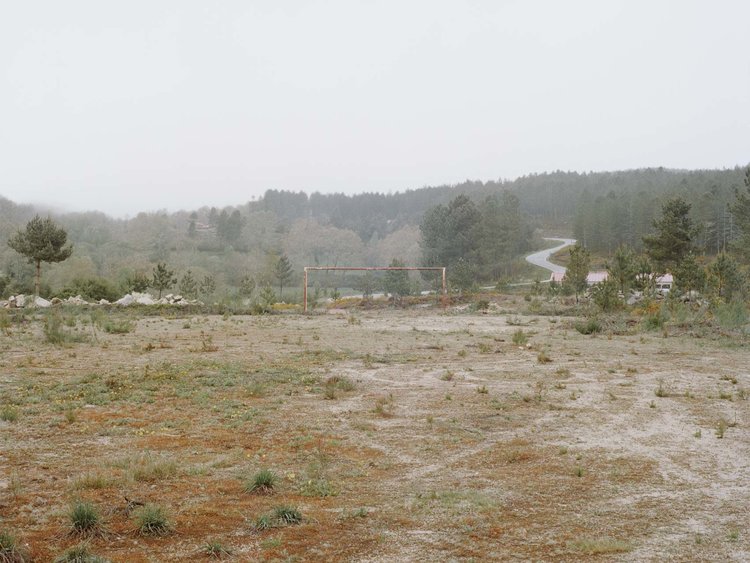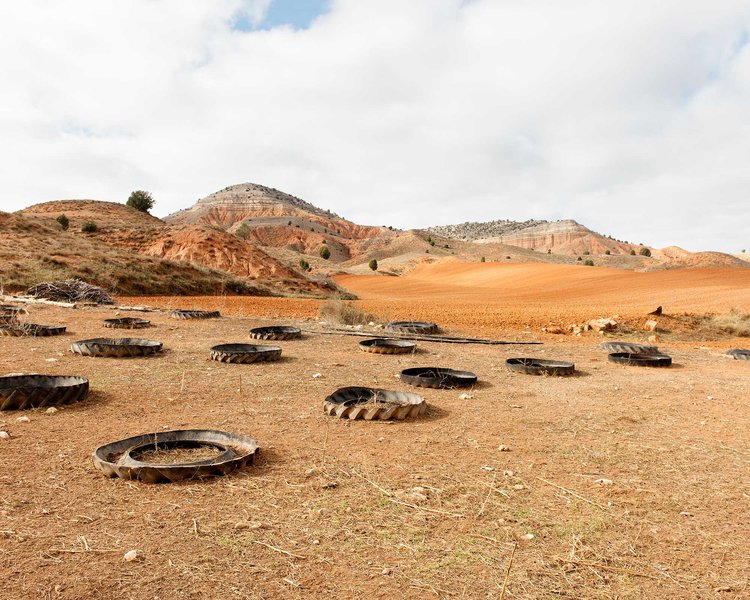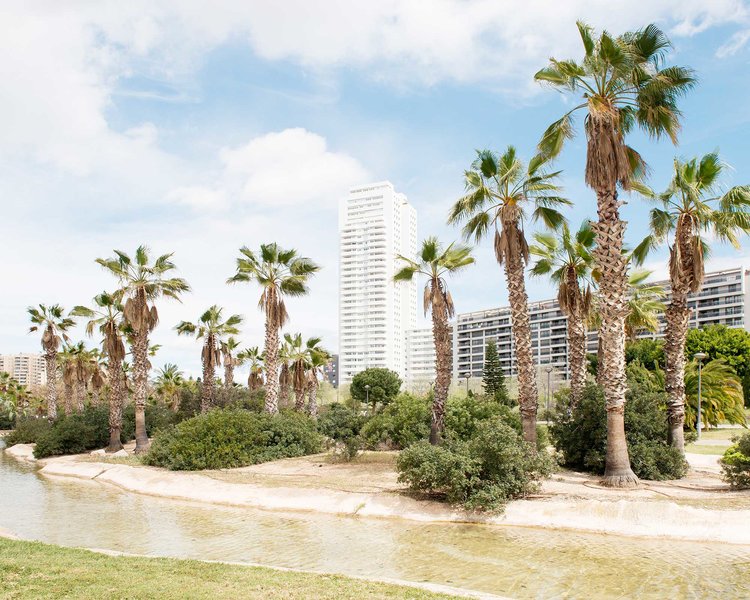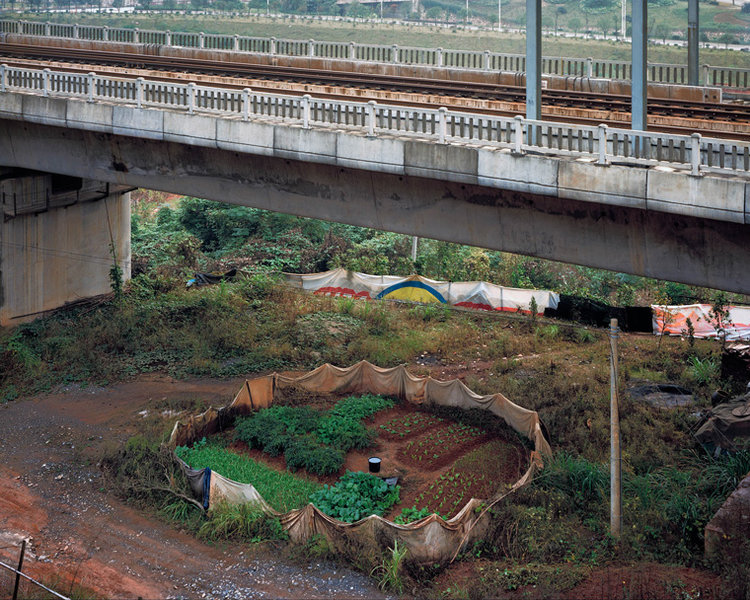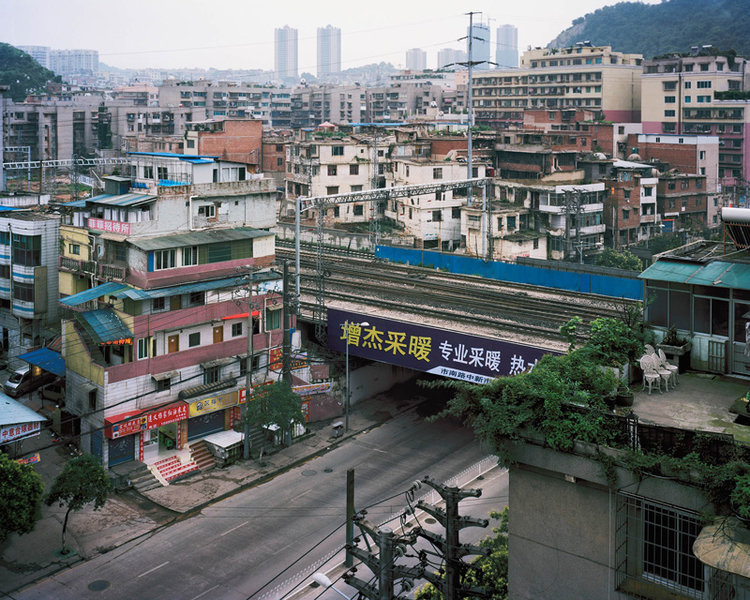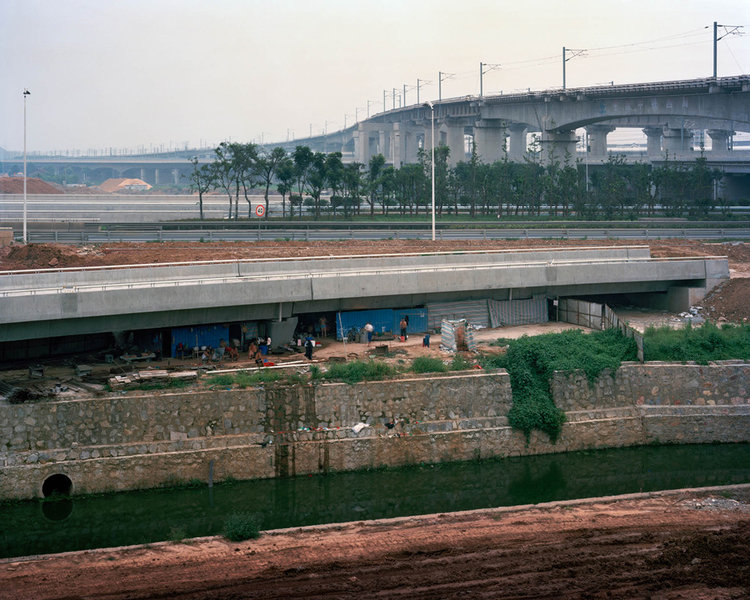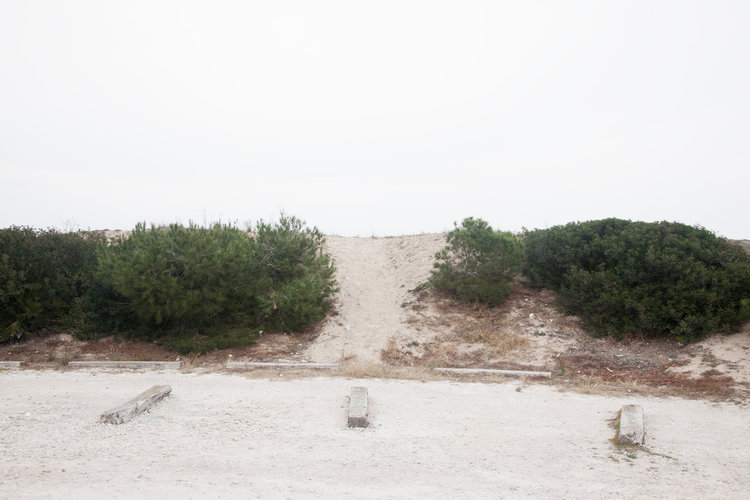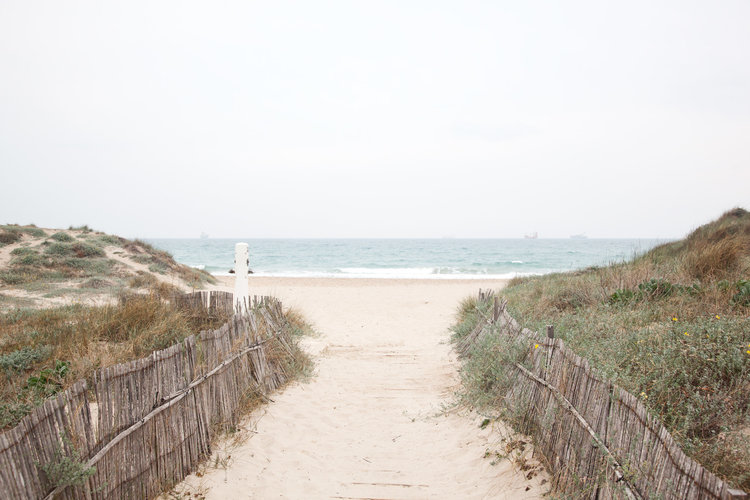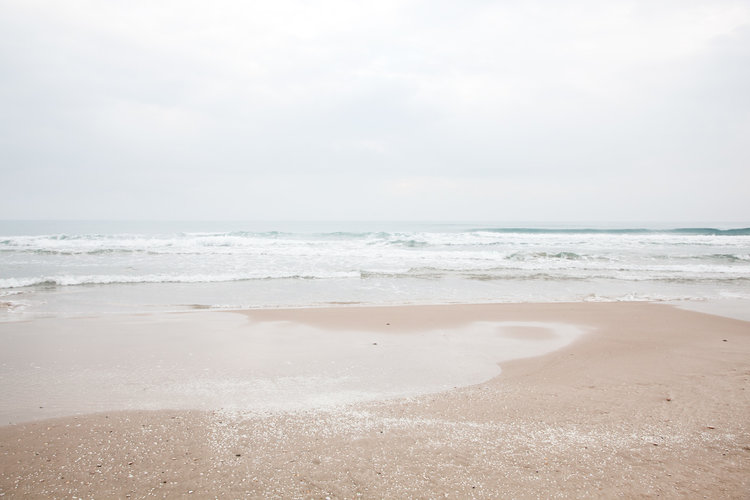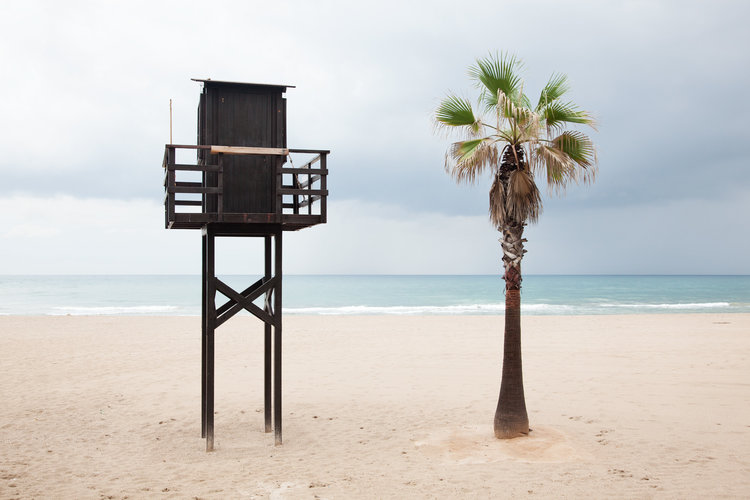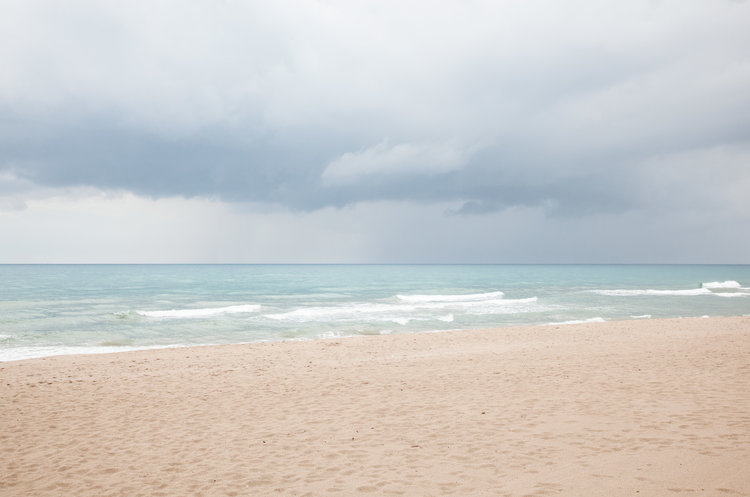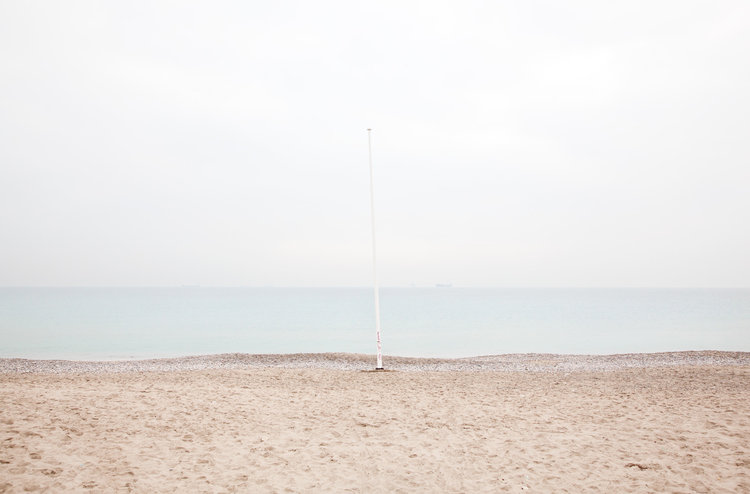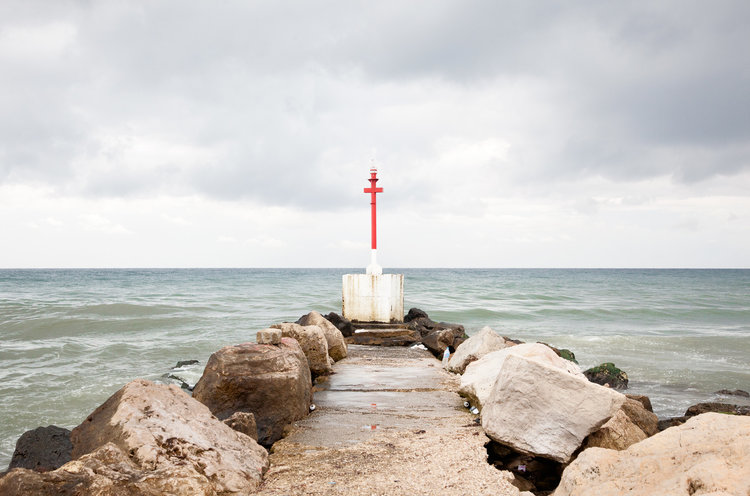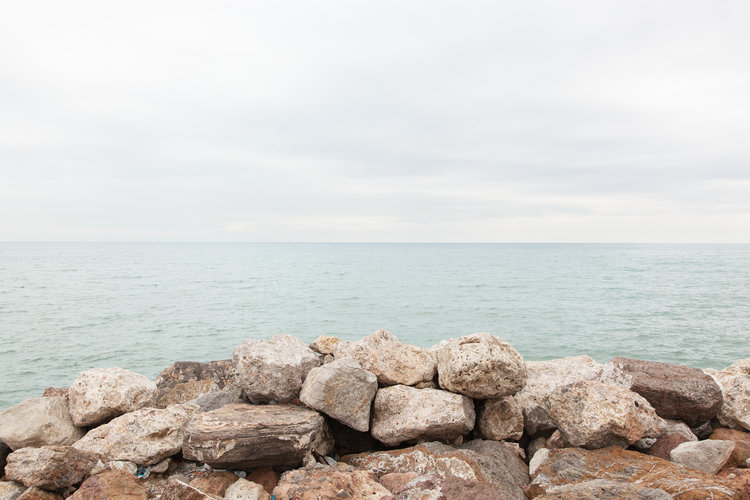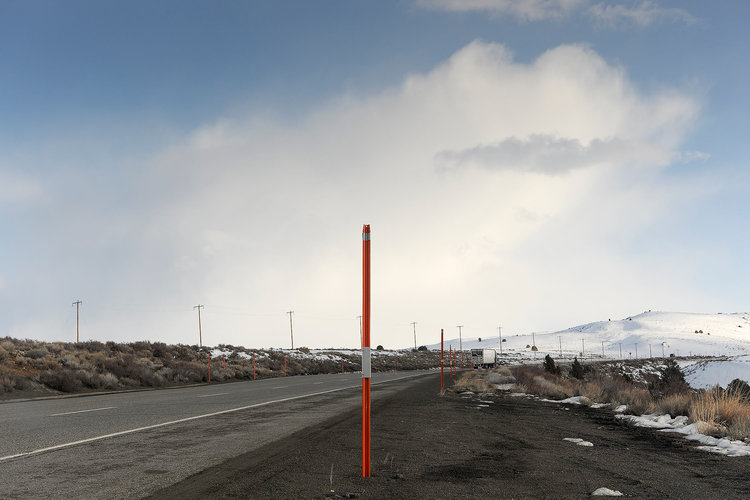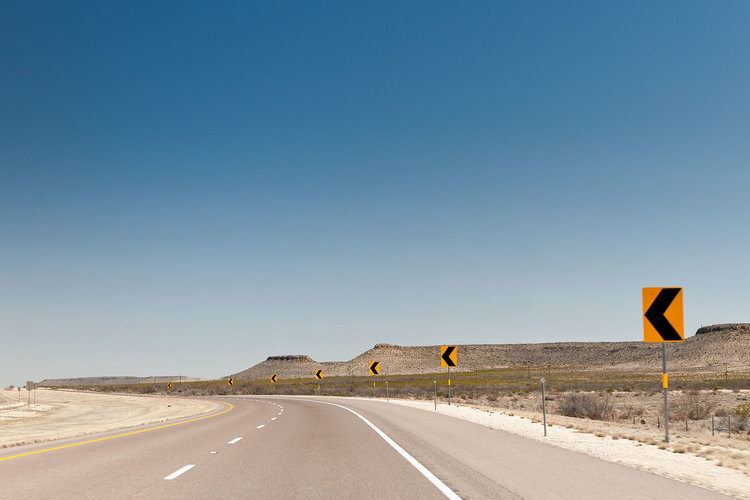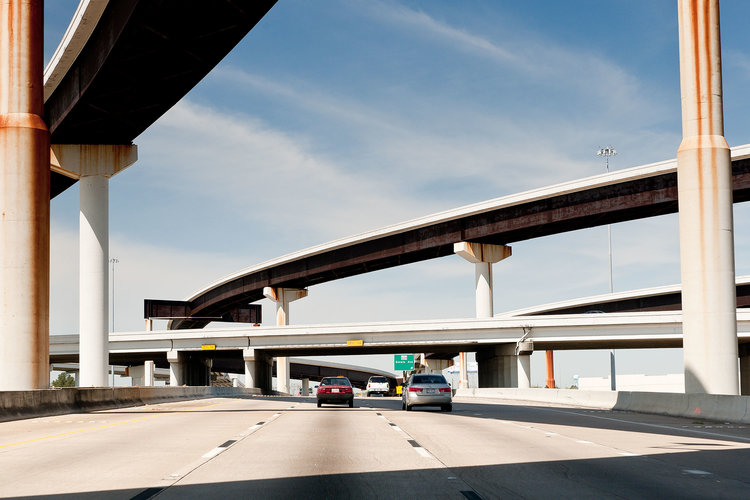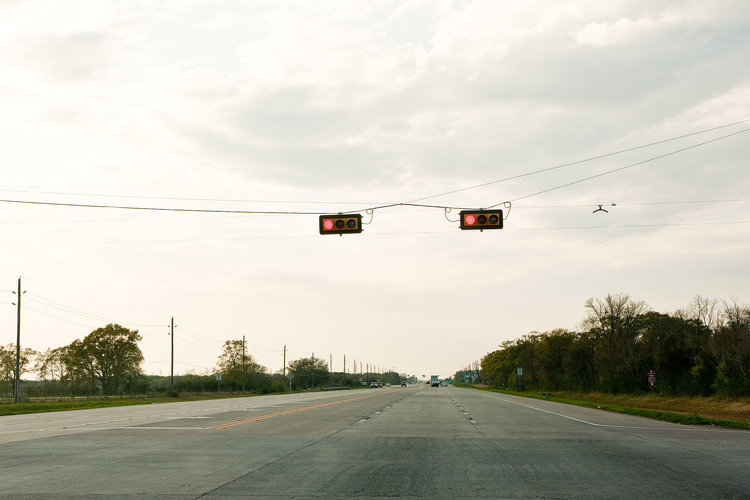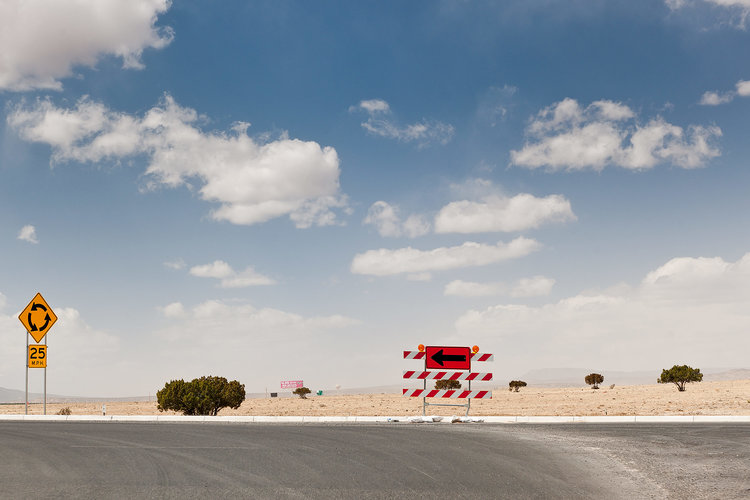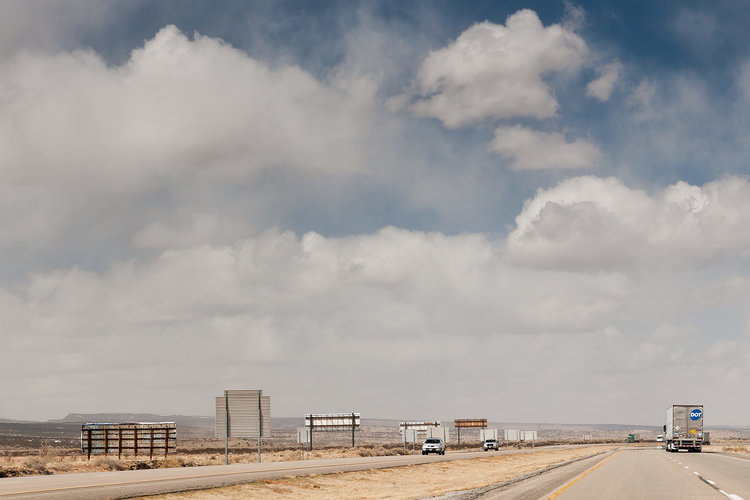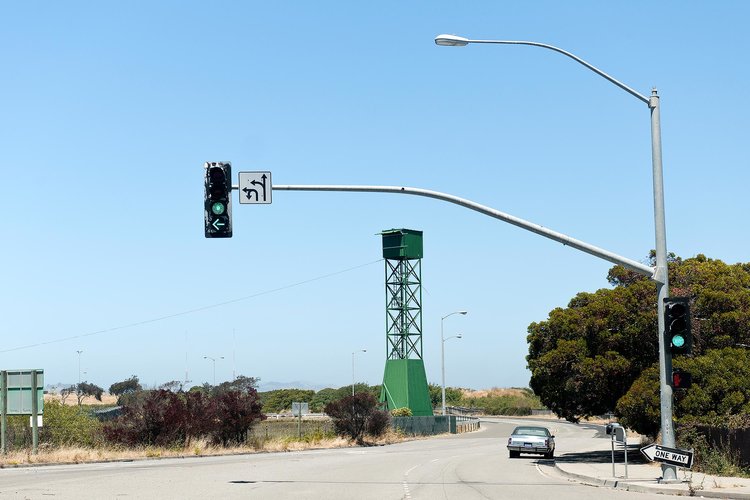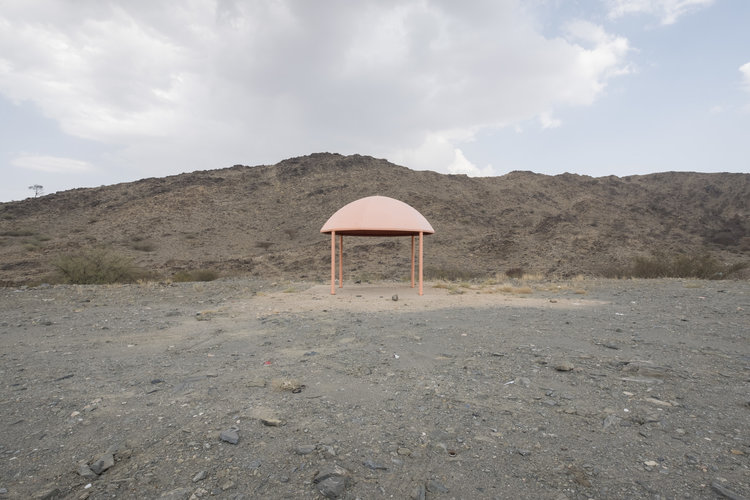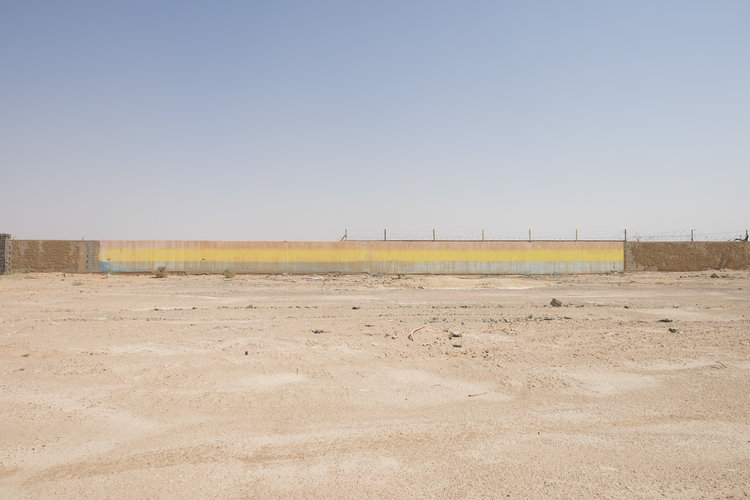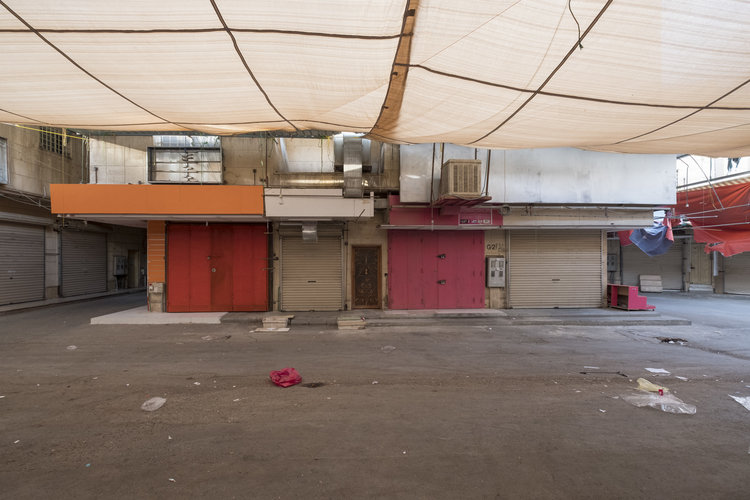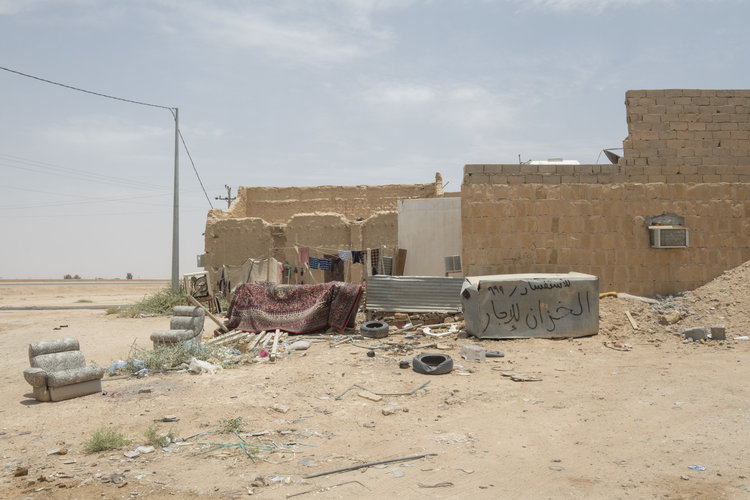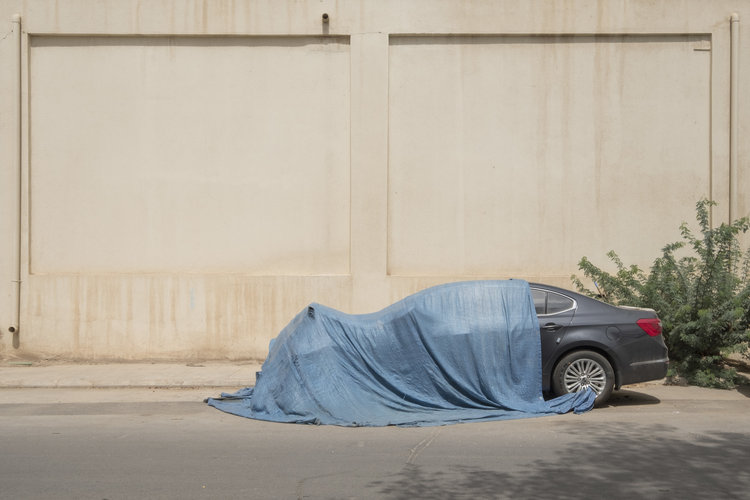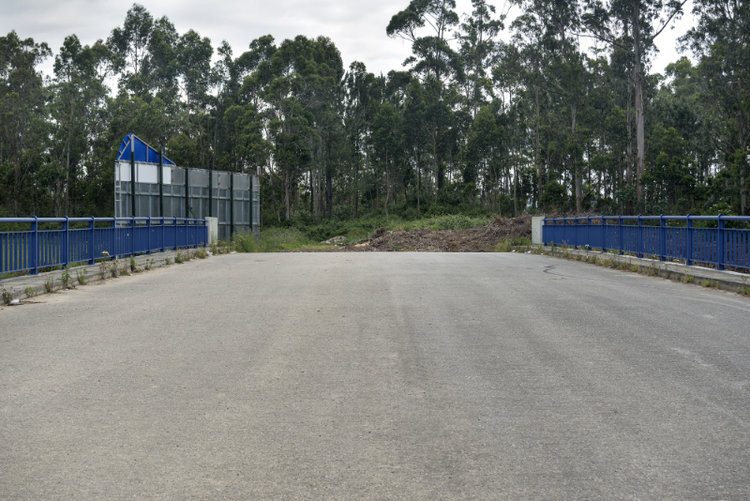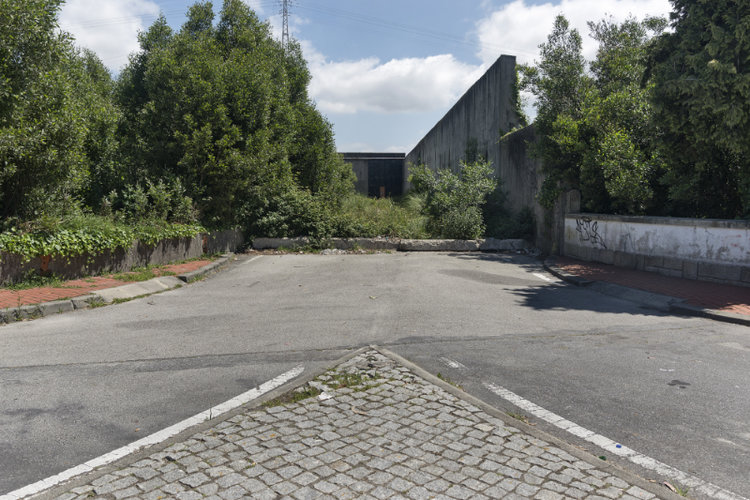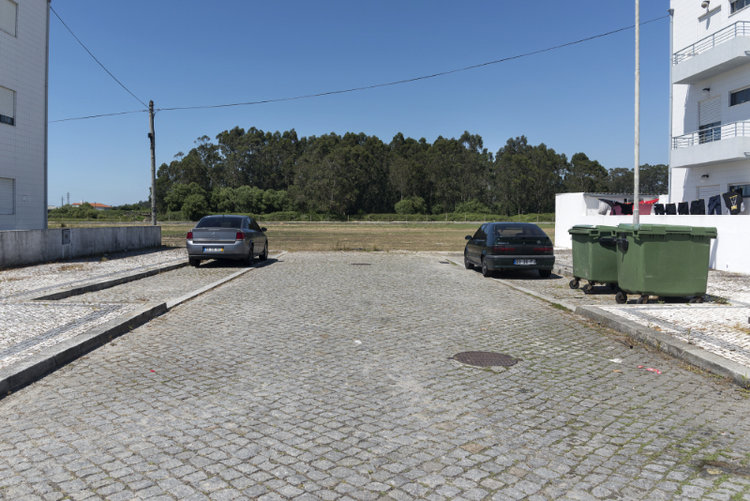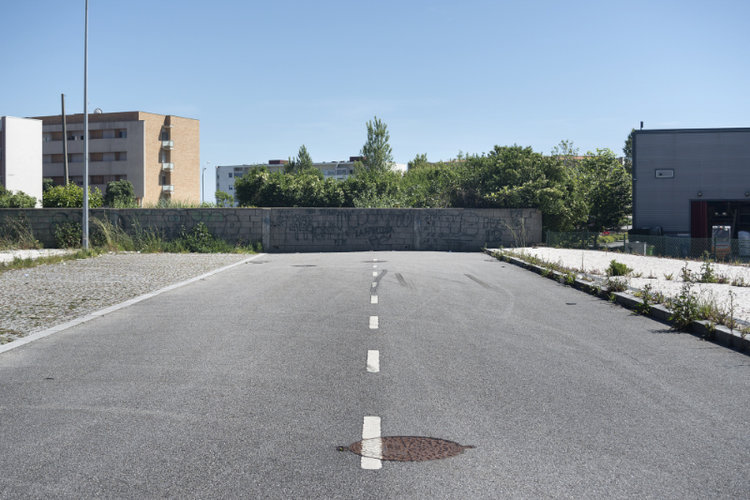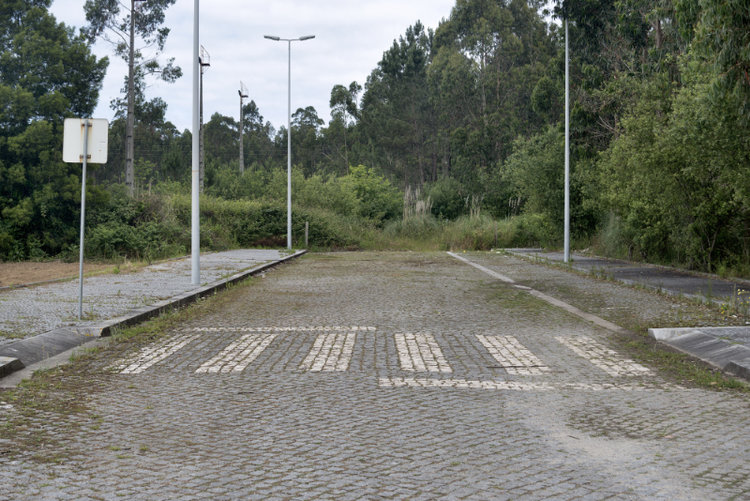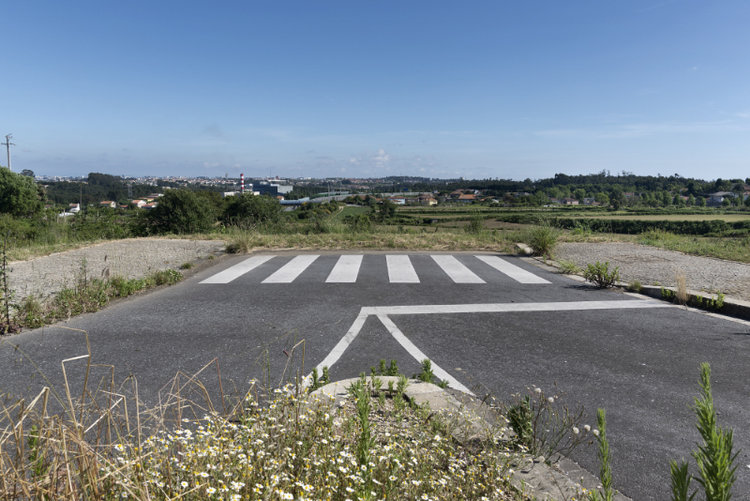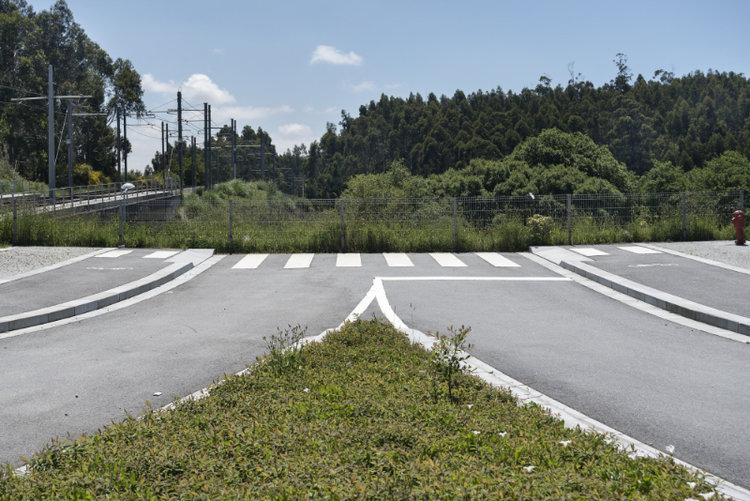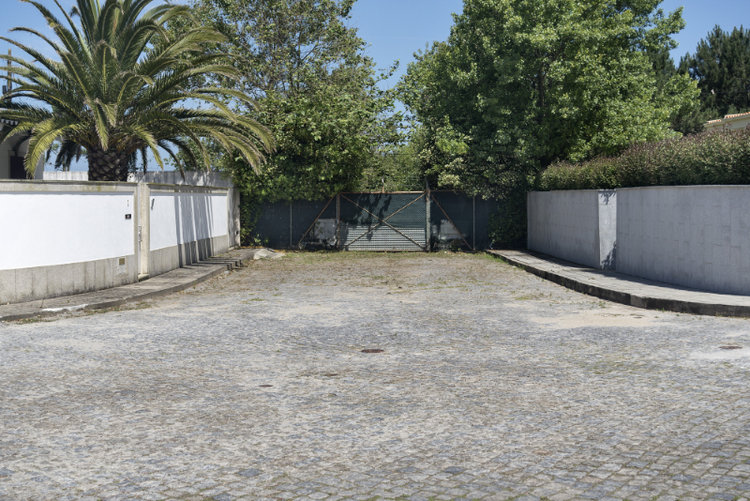Devotional
by Fernando Maselli
Devotional is a documentary project that explores the places, practices, and structures of popular religiosity in Argentina. It delves into the phenomenon of spontaneous canonizations of apocryphal saints and the collective acceptance of certain sites as sacred. This project serves as a catalog of dissident architectures and offerings, reflecting contemporary mestizo religiosity.
In Latin America, following European colonization, a unique religious syncretism emerged as a result of the blending of diverse cultures in these regions. In Argentina, this syncretism found particular significance in remote and marginalized areas of the northwest, where many indigenous cultures were decimated due to Spanish evangelization. This setting, combined with the influences of African religions and gaucho folklore, created fertile ground for the emergence of numerous popular cults.
These cults often revolve around real individuals who lived in these regions and, owing to circumstances related to their lives or deaths, have been elevated to the status of saints with the perceived ability to perform miracles.
While it's challenging to categorize these popular saints strictly, there are some common themes among these devotions. For instance, figures like Difunta Correa or Gilda, who met tragic ends, are seen as embodying sanctity through enduring suffering. Others, such as Miguel Ángel Gaitán and Pilarcita, who died prematurely, are revered as "little angels," while Gauchito Gil and Bailoretto represent defiance against established authority. These cults express their devotion in ways reminiscent of Christianity, including prayers, touching and kissing of images, pilgrimages to their burial sites, lighting candles, offering flowers, and making votive offerings or fulfilling promises.
The sanctuaries themselves, like the cults they represent, are characterized by their collective, heterodox, and mestizo nature. These structures are built through generous donations, often using recycled materials, and they differ significantly from institutional sacred geometry or standardized monumentality. These profane sanctuaries stand as intricate and multifaceted visual evidence of spontaneous religiosity, offering a genuine reflection of the customs and concerns of the people in these regions.
Votive offerings also hold significant importance in these devotions. Consequently, these communal architectures are adorned with a myriad of diverse objects, representing the heartfelt expressions of those who participate in these unique religious practices.
Bio
Born in Buenos Aires, Fernando Maselli initially pursued Fine Arts and later relocated to Madrid, where he currently resides. His work has earned numerous accolades and has been showcased on the global stage, including exhibitions at prestigious venues such as the Copenhagen Photo Festival (Denmark), Guernsey Photography Festival (UK), PHotoESPAÑA (Madrid), International Biennial of Photography Fotonoviembre (Spain), Foto Museo Cuatro Caminos (Mexico), PhotoImagen Photography Festival (Dominican Republic), W-CA Contemporary Landscape Photography Open (UK), NordArt (Germany), SCAN Tarragona International Photography Festival (Spain), Lima International Book Fair (Peru), Youth Arts Award Complutense University (Madrid), ITAÚ Fine Arts Award (Argentina), University of Navarra Museum (Spain), and Contemporary Art Museum of Coruña (Spain). Additionally, he has authored two books, one of which is part of the esteemed Kursala collection at the University of Cádiz.
In recent years, the core focus of Fernando Maselli's artistic practice has centered on extensive research into diverse interpretations of landscapes across various cultures and historical eras. For Maselli, the act of photography is both an action and an immersive, emotional experience. Through journeys to remote locales, he translates his fascination with notions of "nature" into dynamic interpretations that encompass themes of beauty, the sublime, human architectural interaction, and the sacred. Throughout his career, he has drawn inspiration from classical painting, literature, Western aesthetics, and philosophy.
Website: https://www.fernandomaselli.com/
Instagram: https://www.instagram.com/fernando.maselli/












